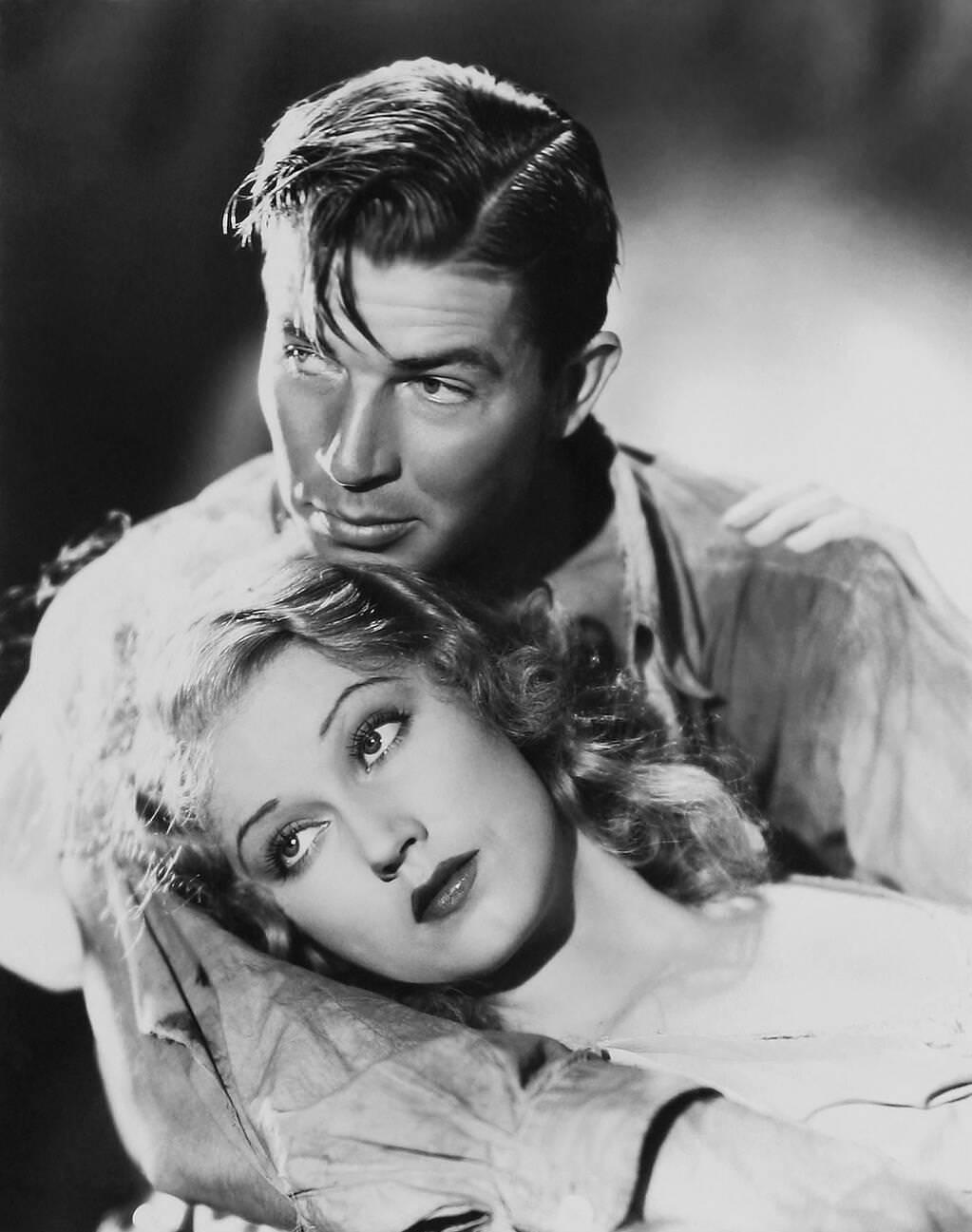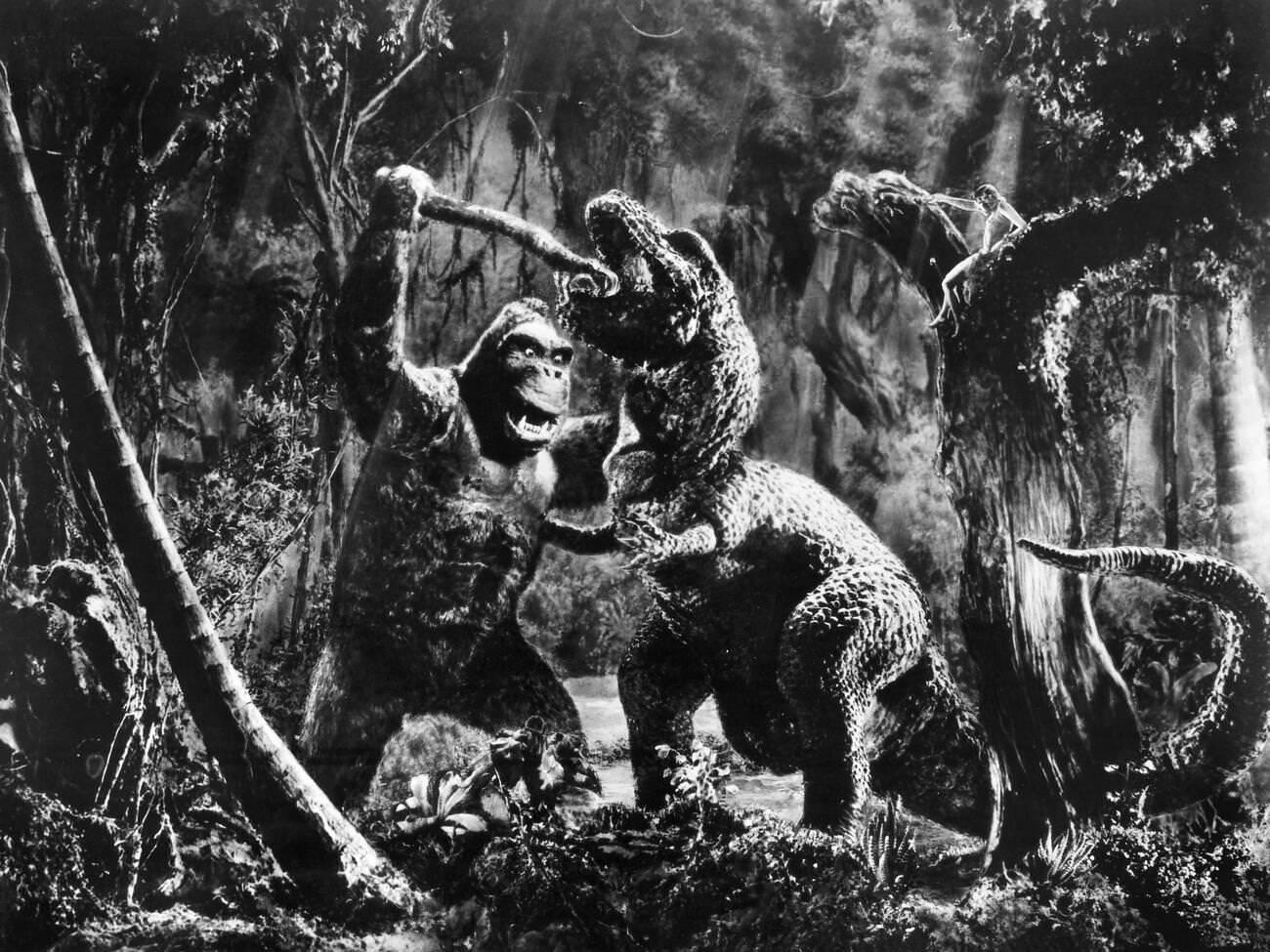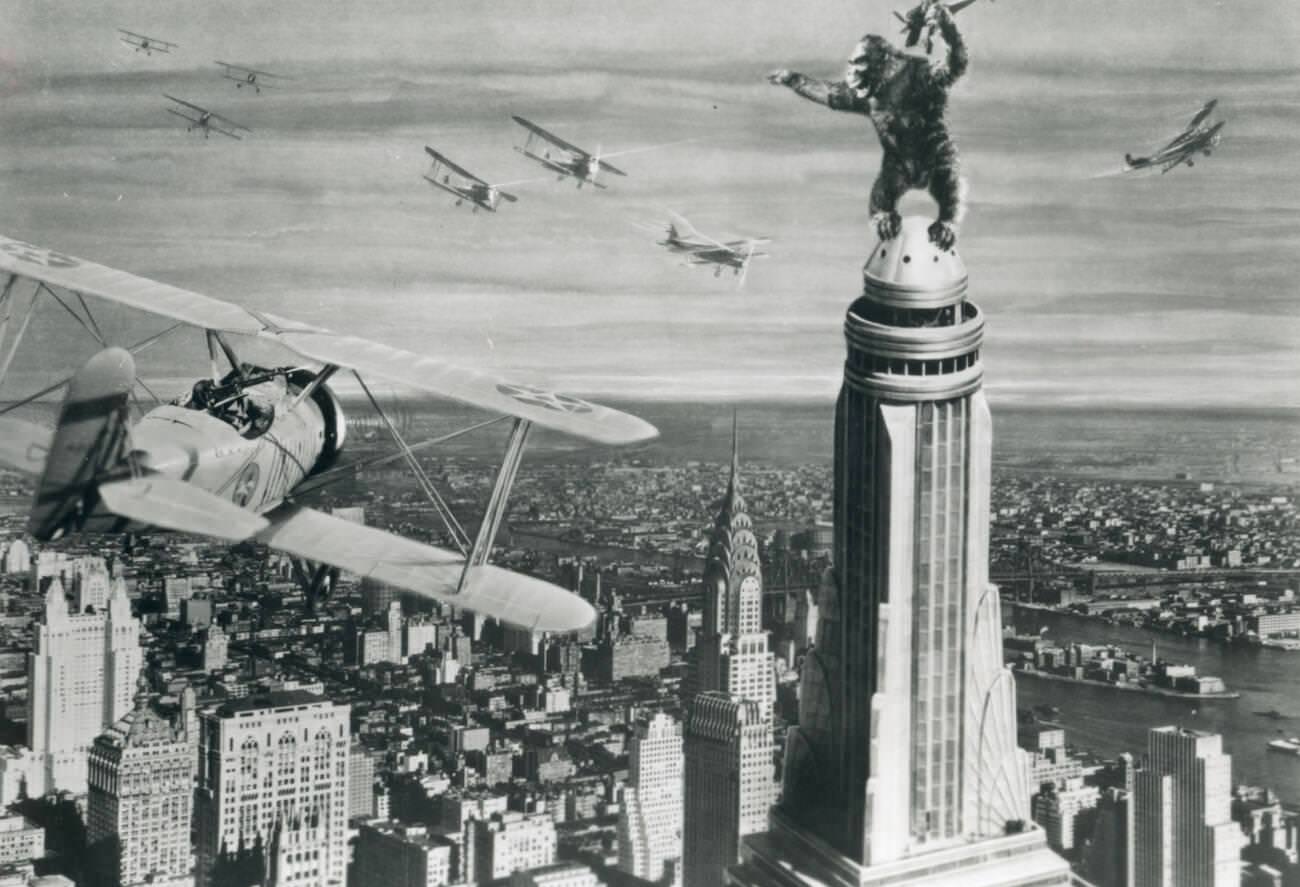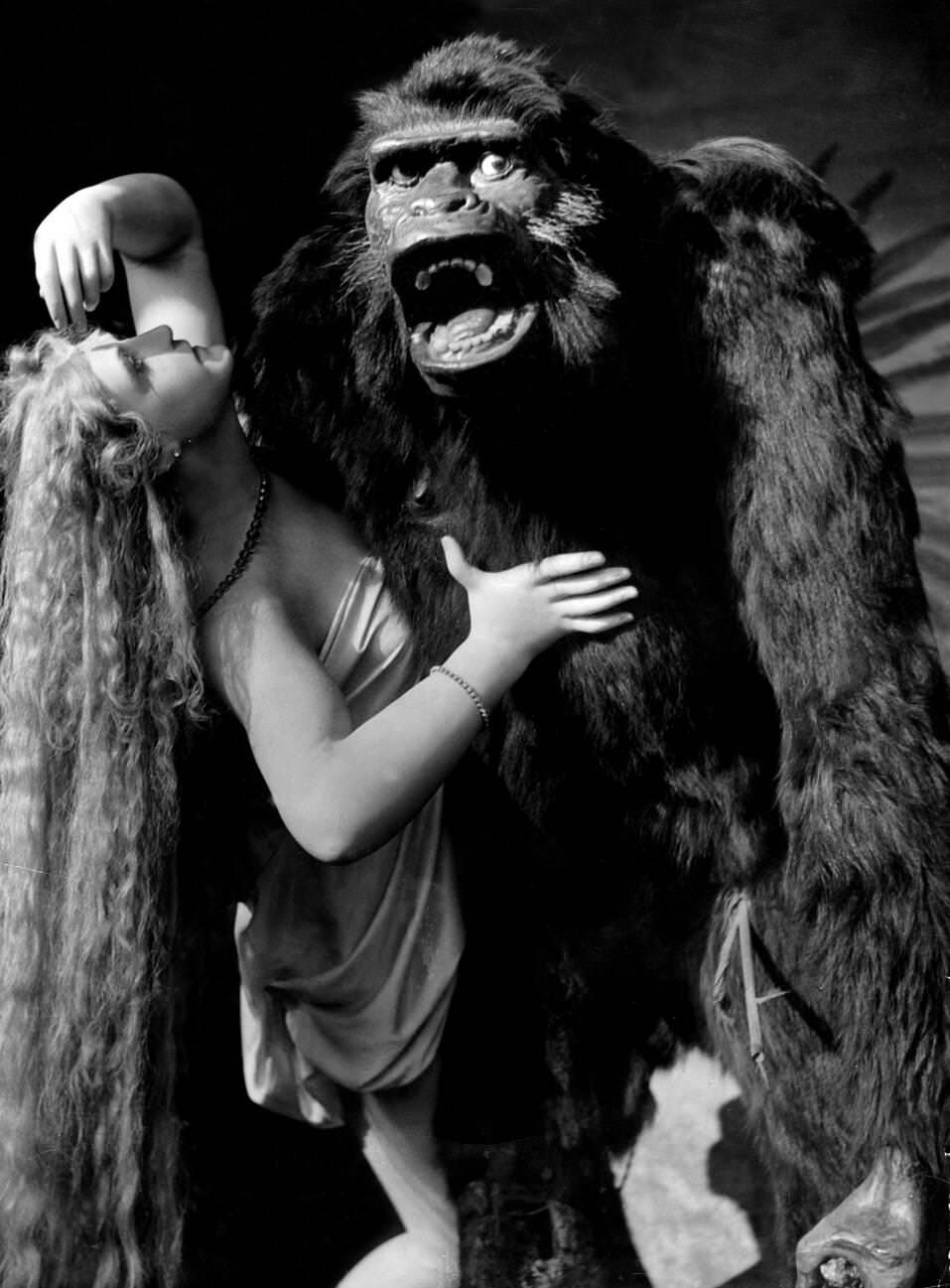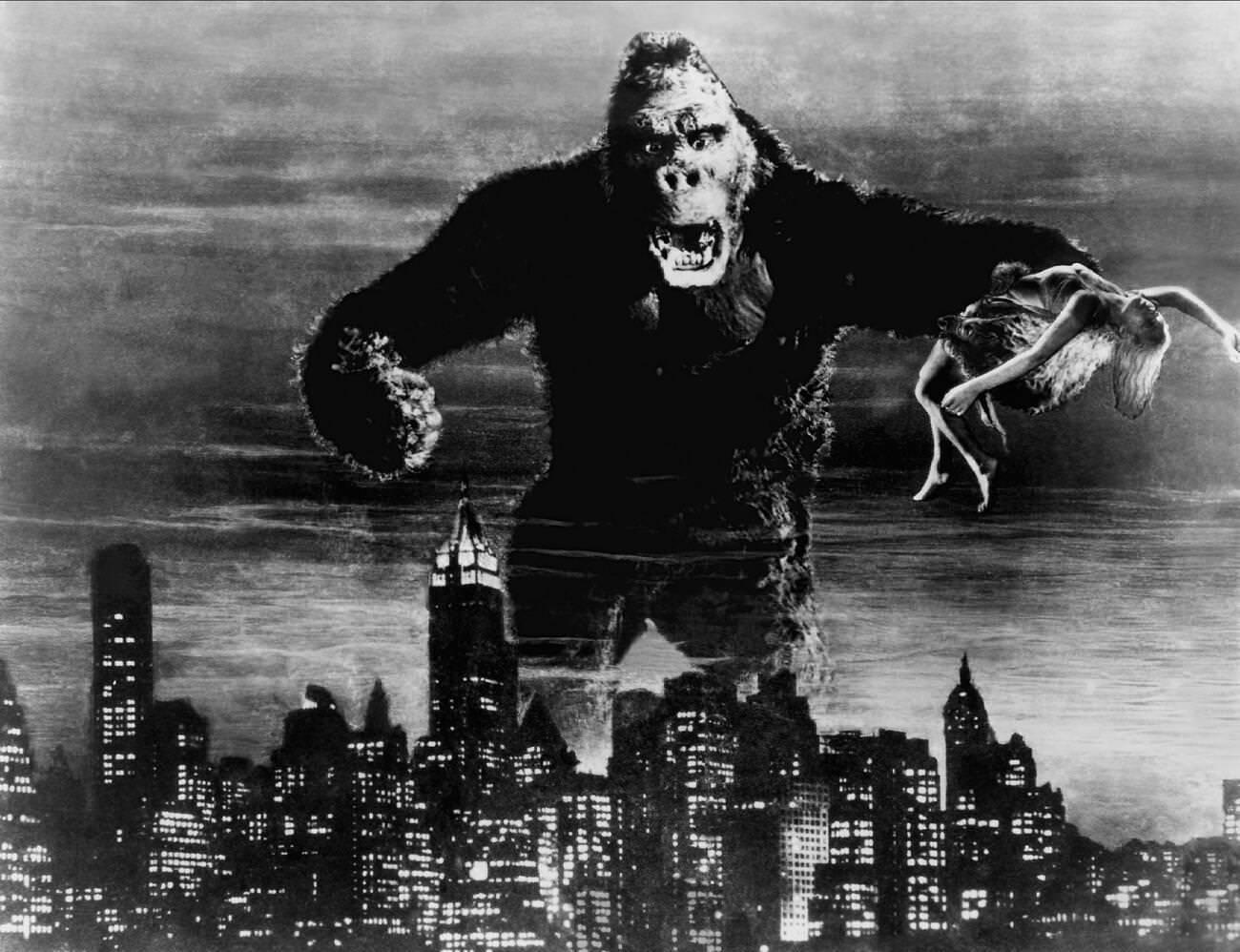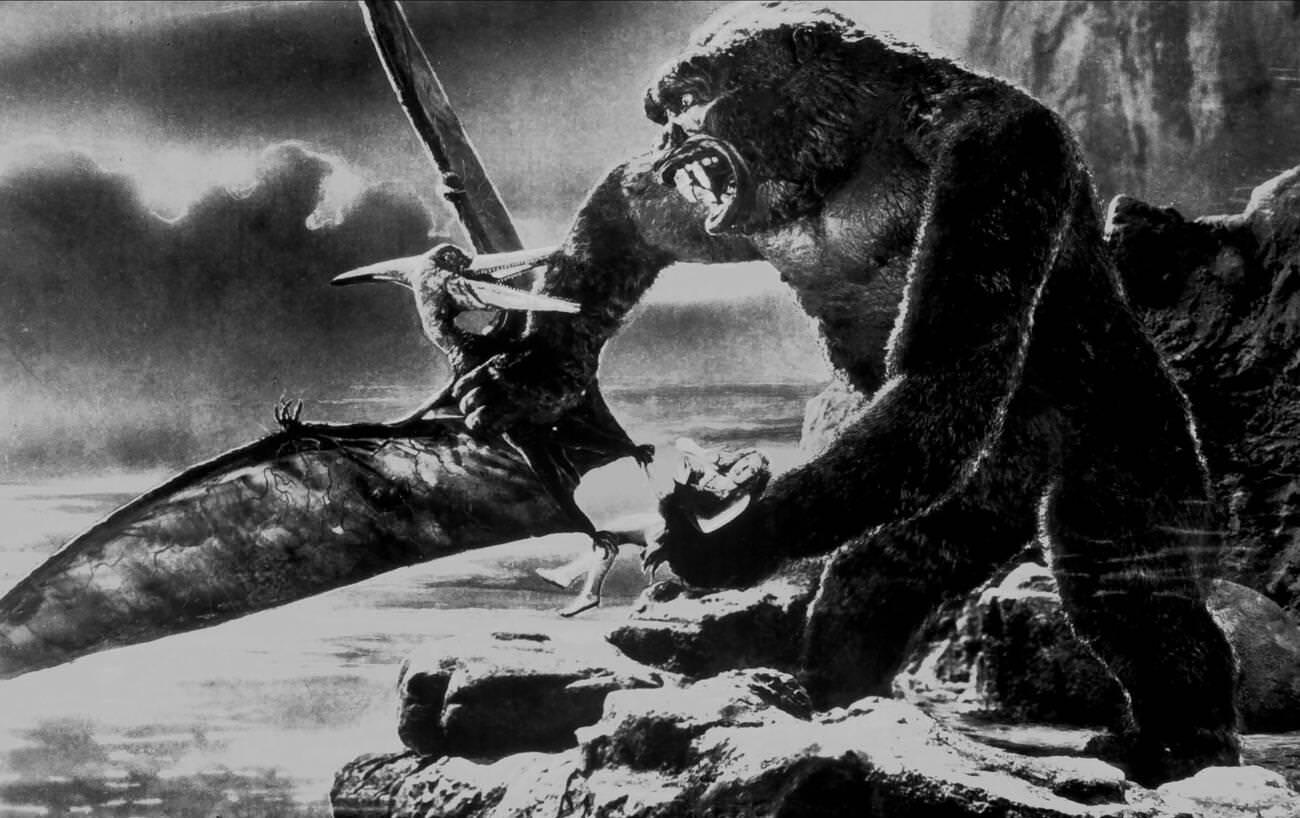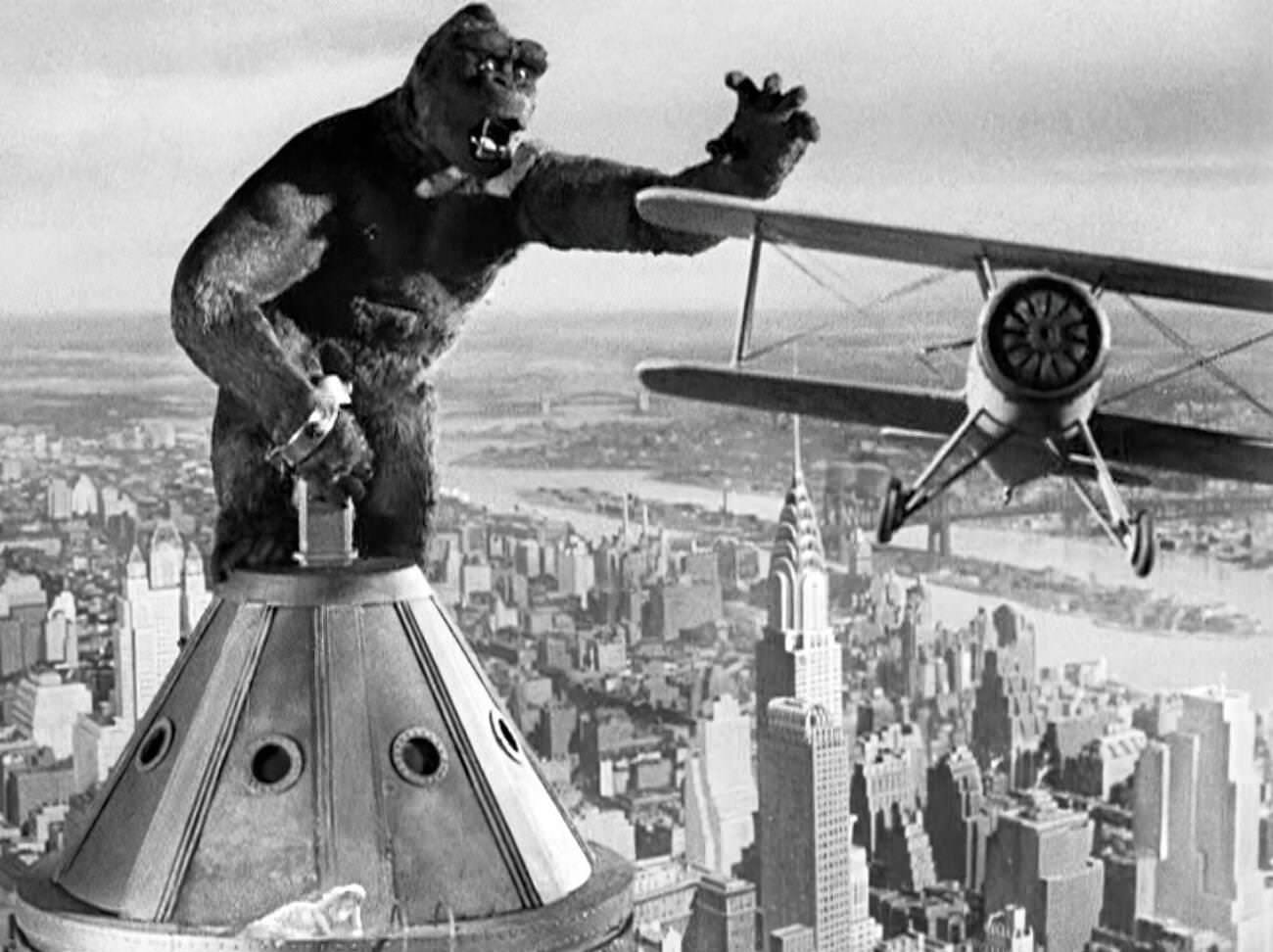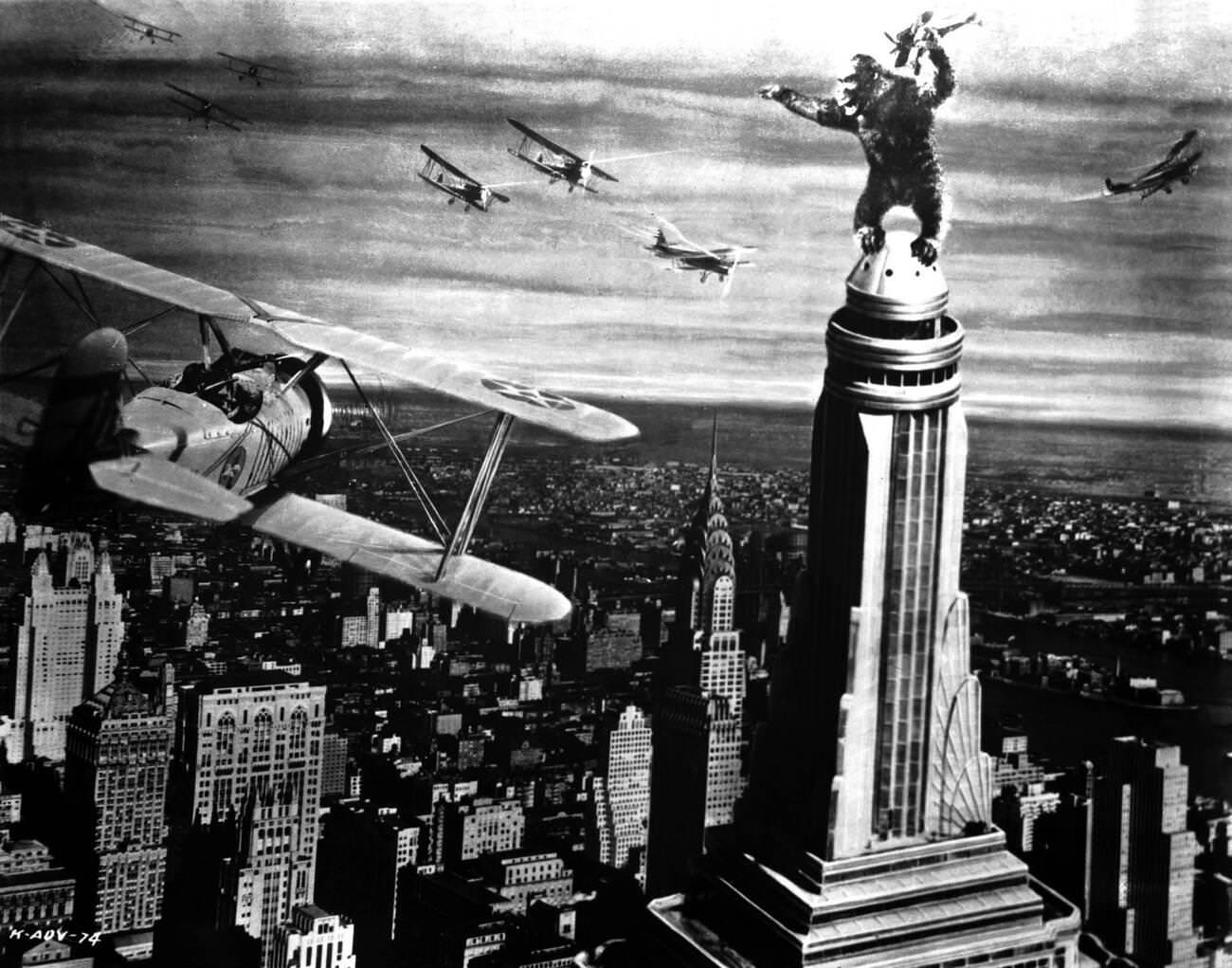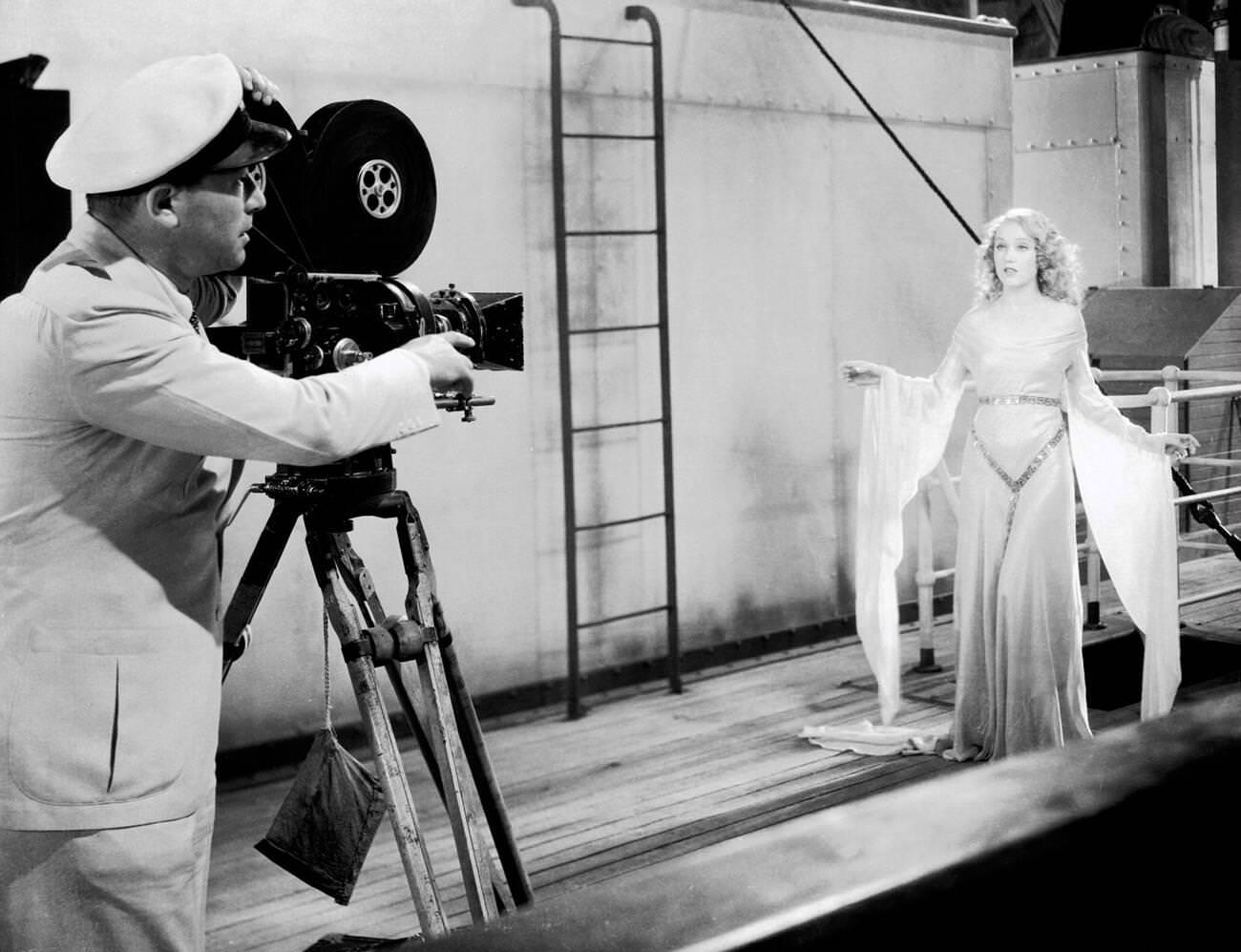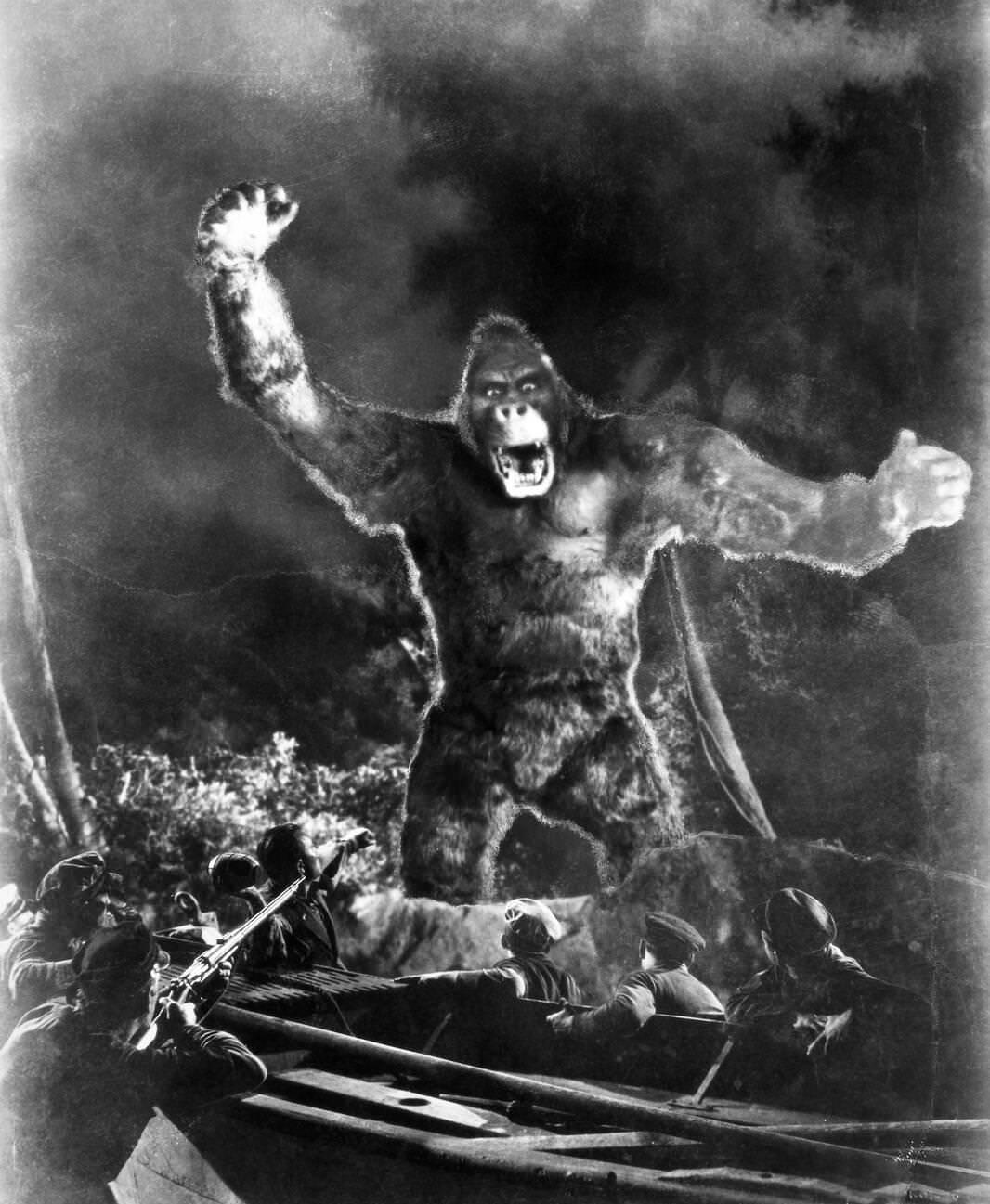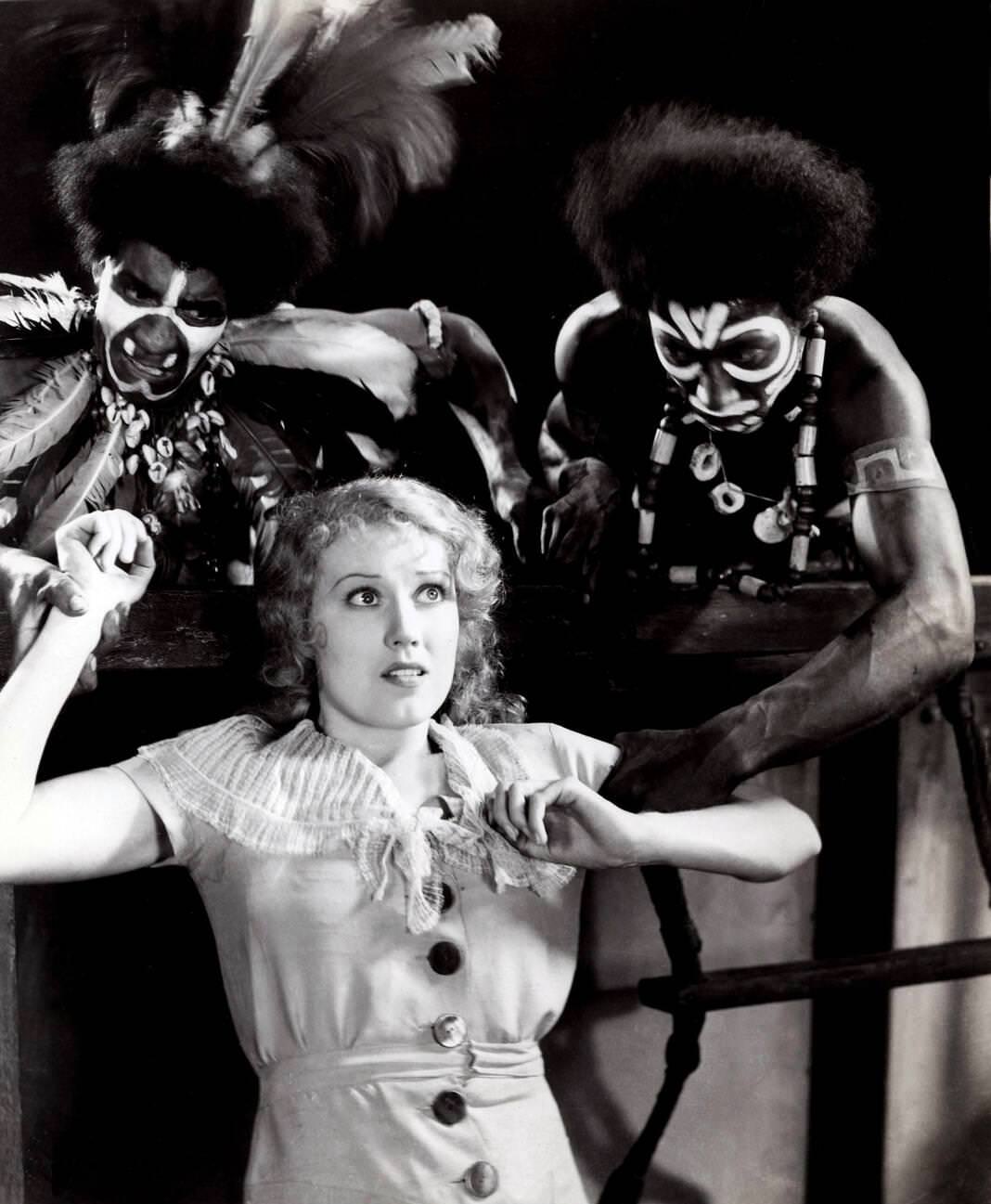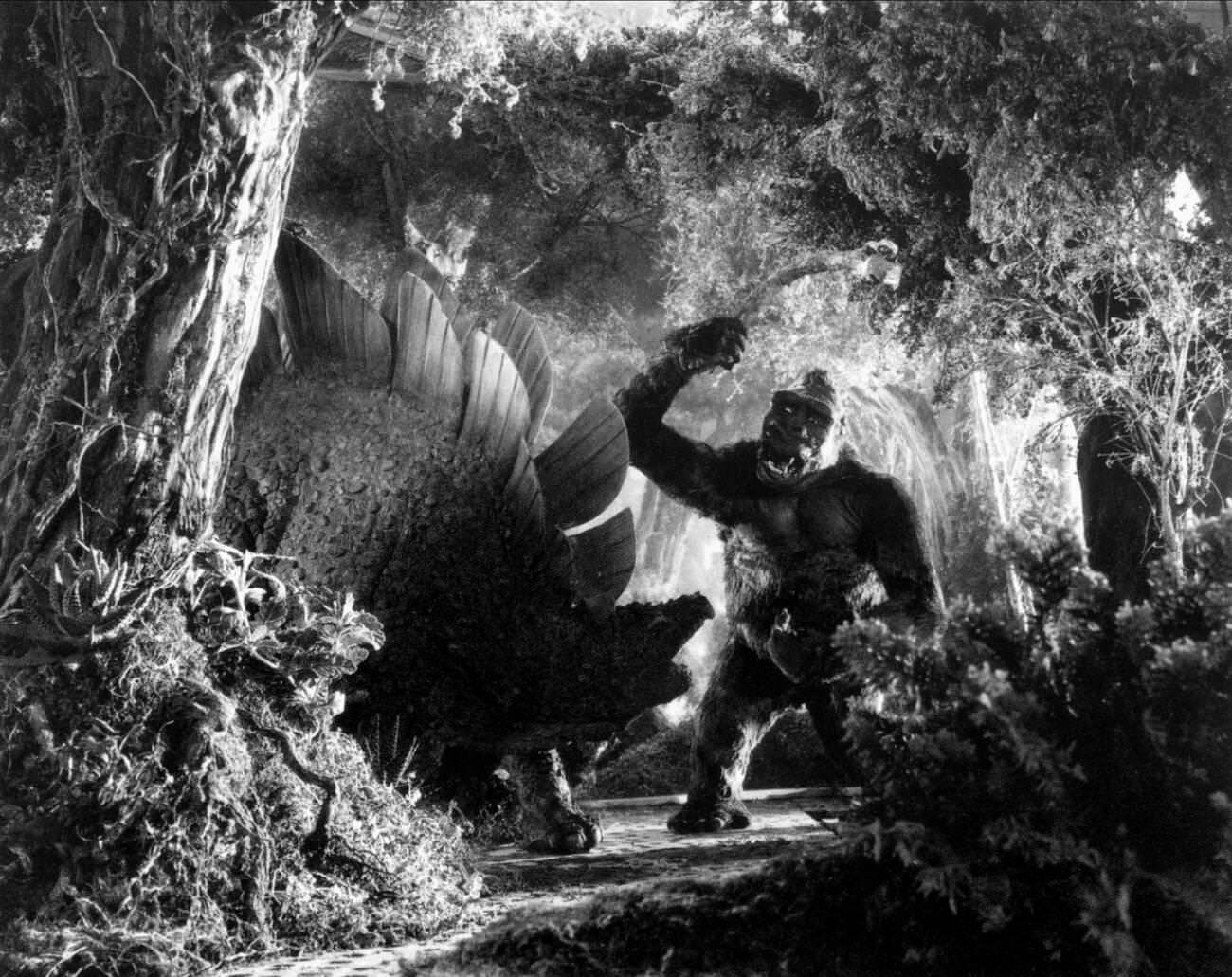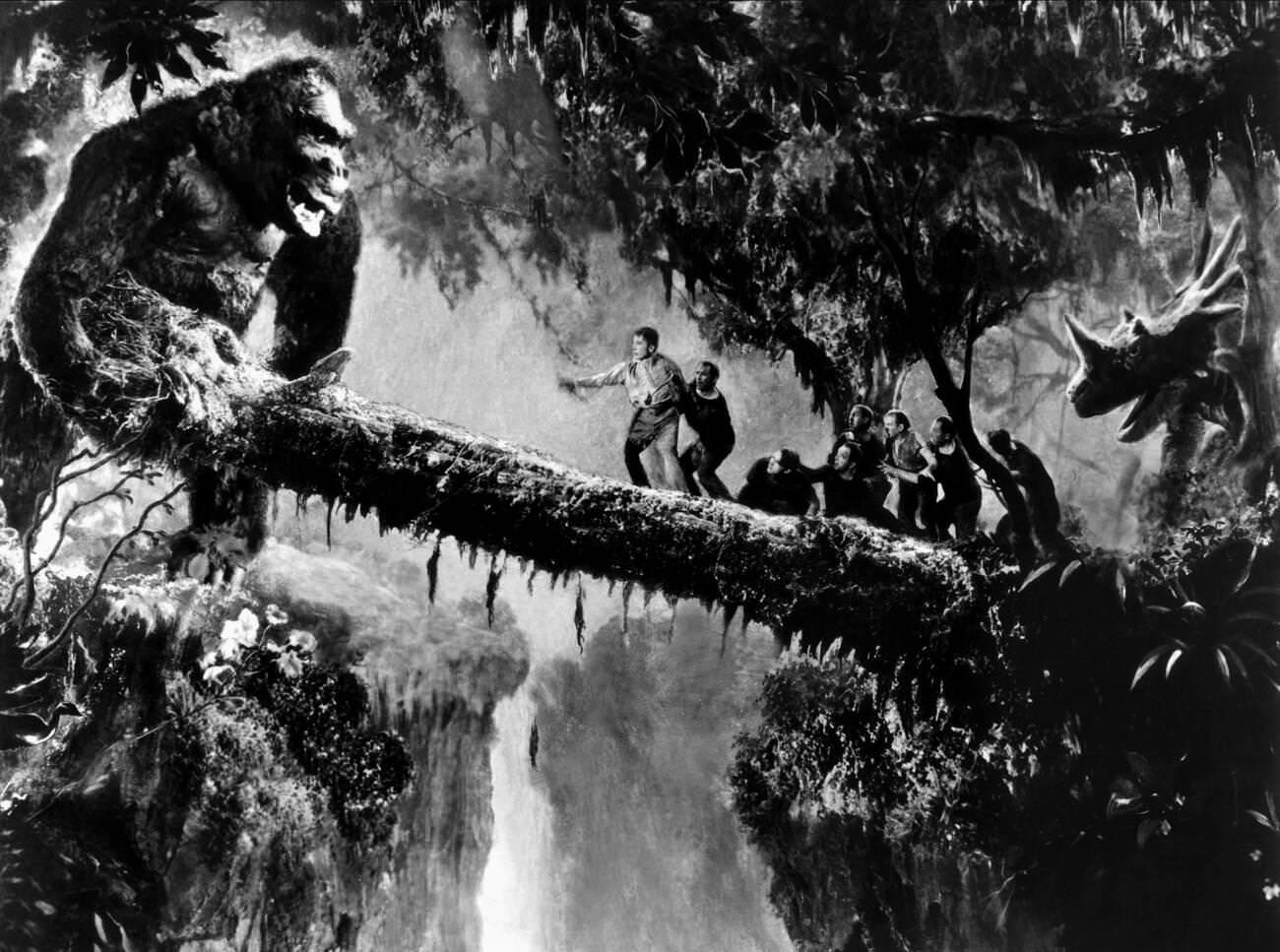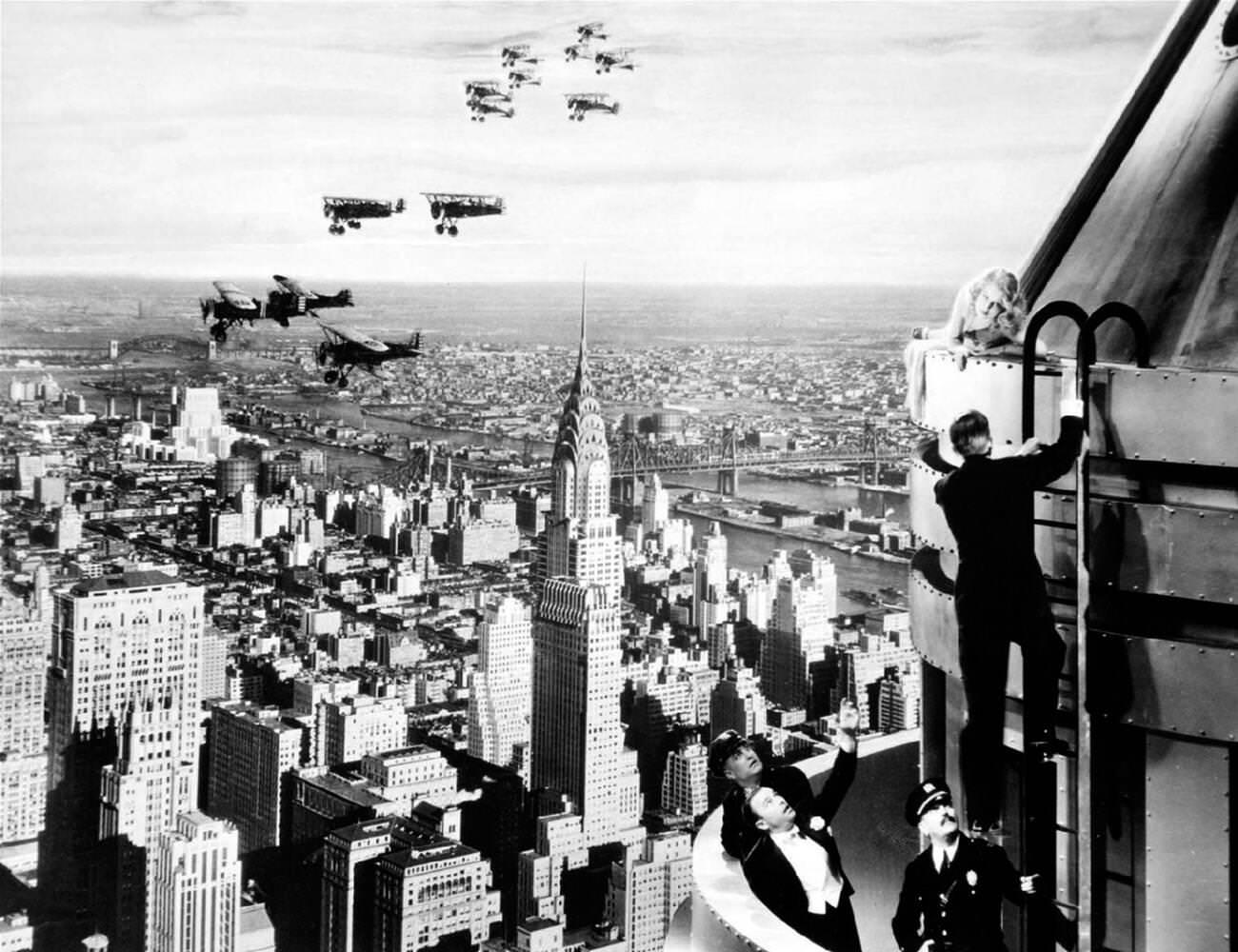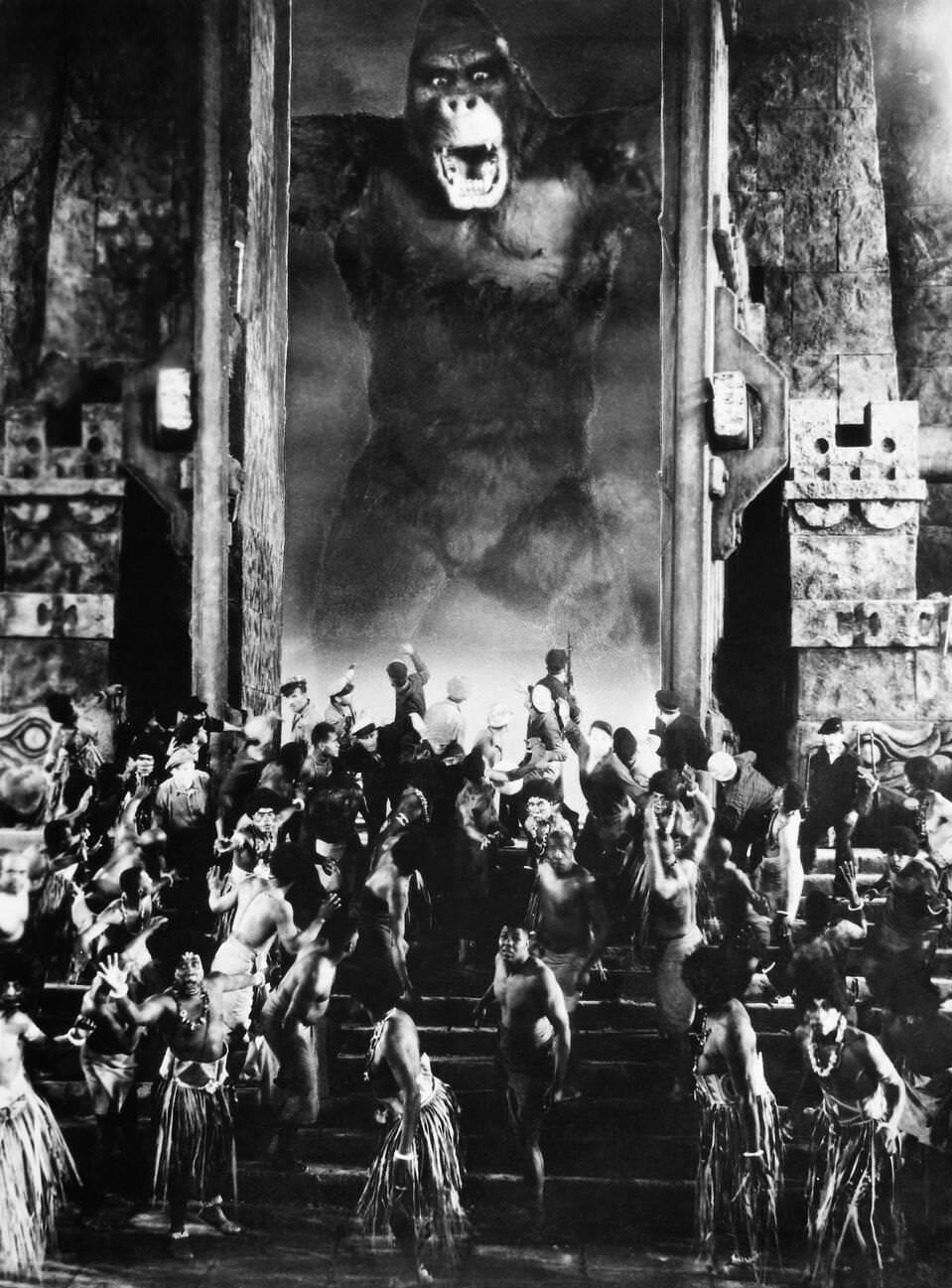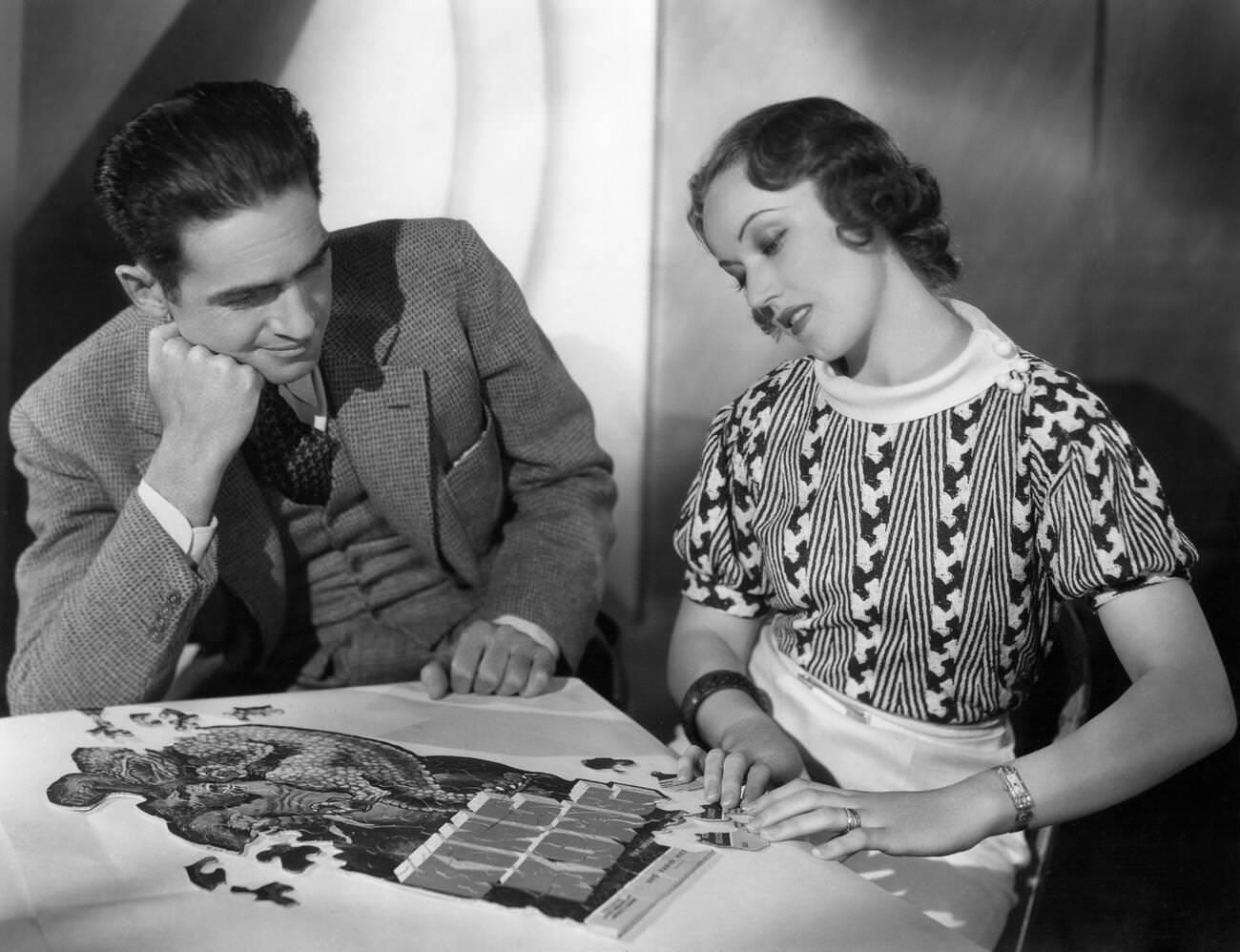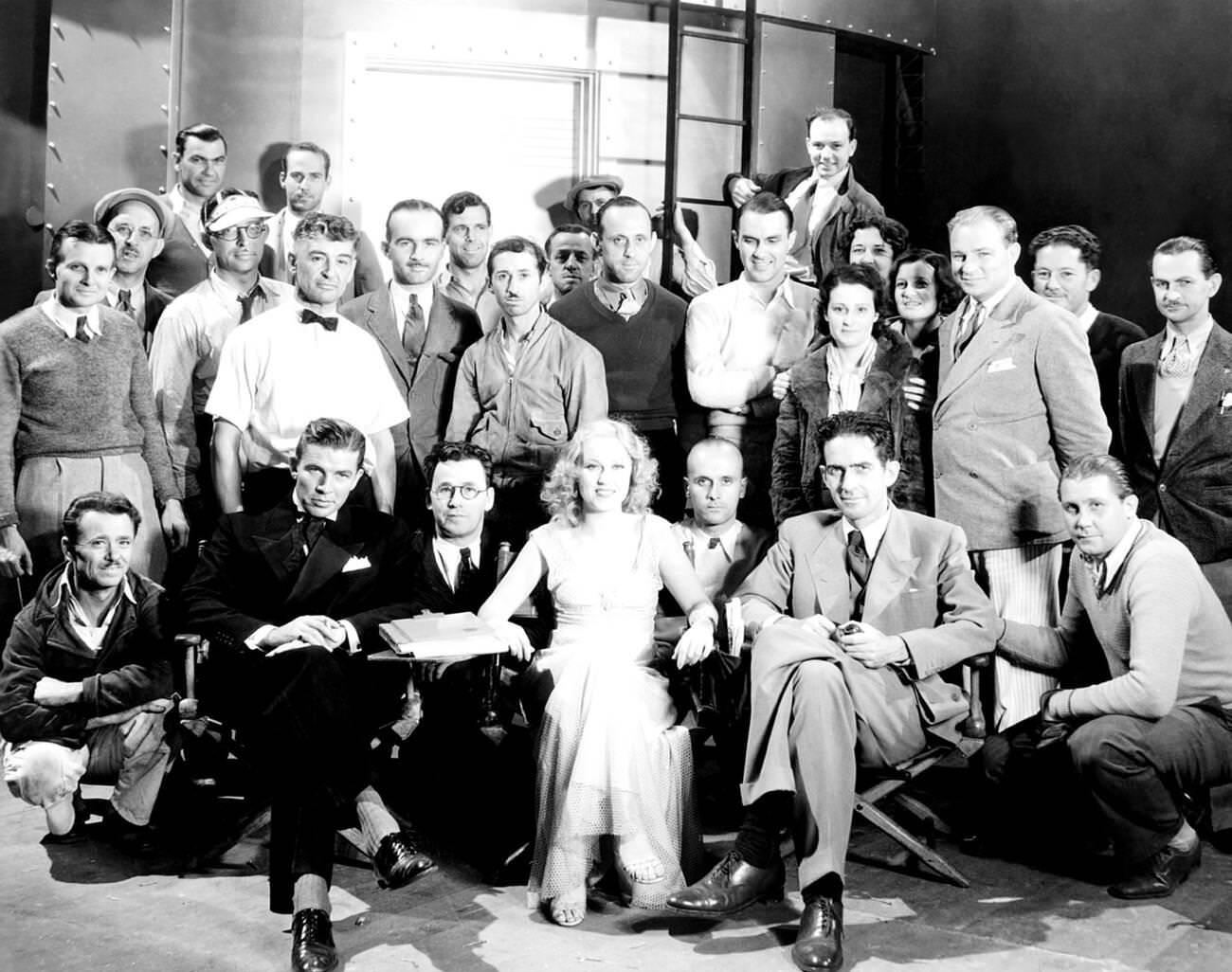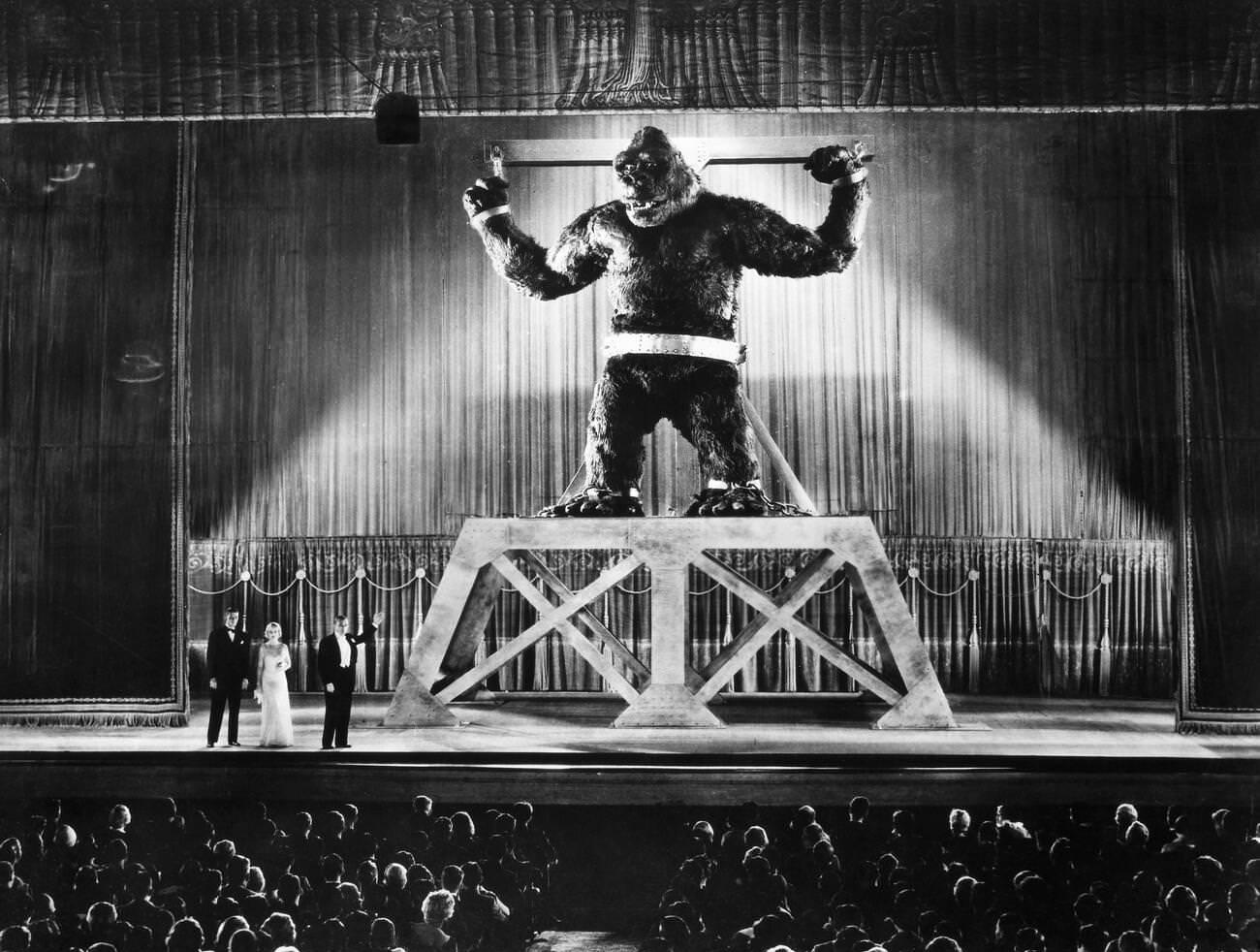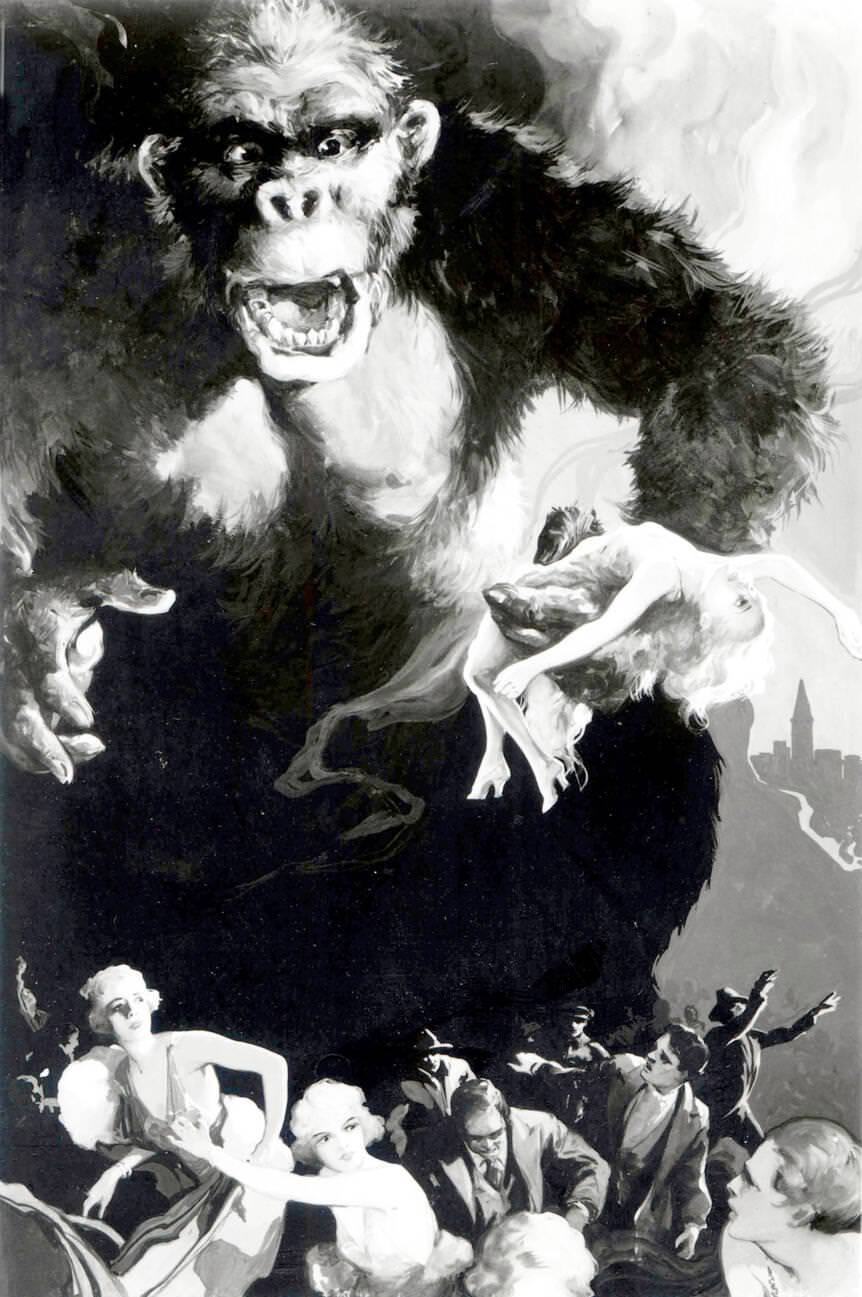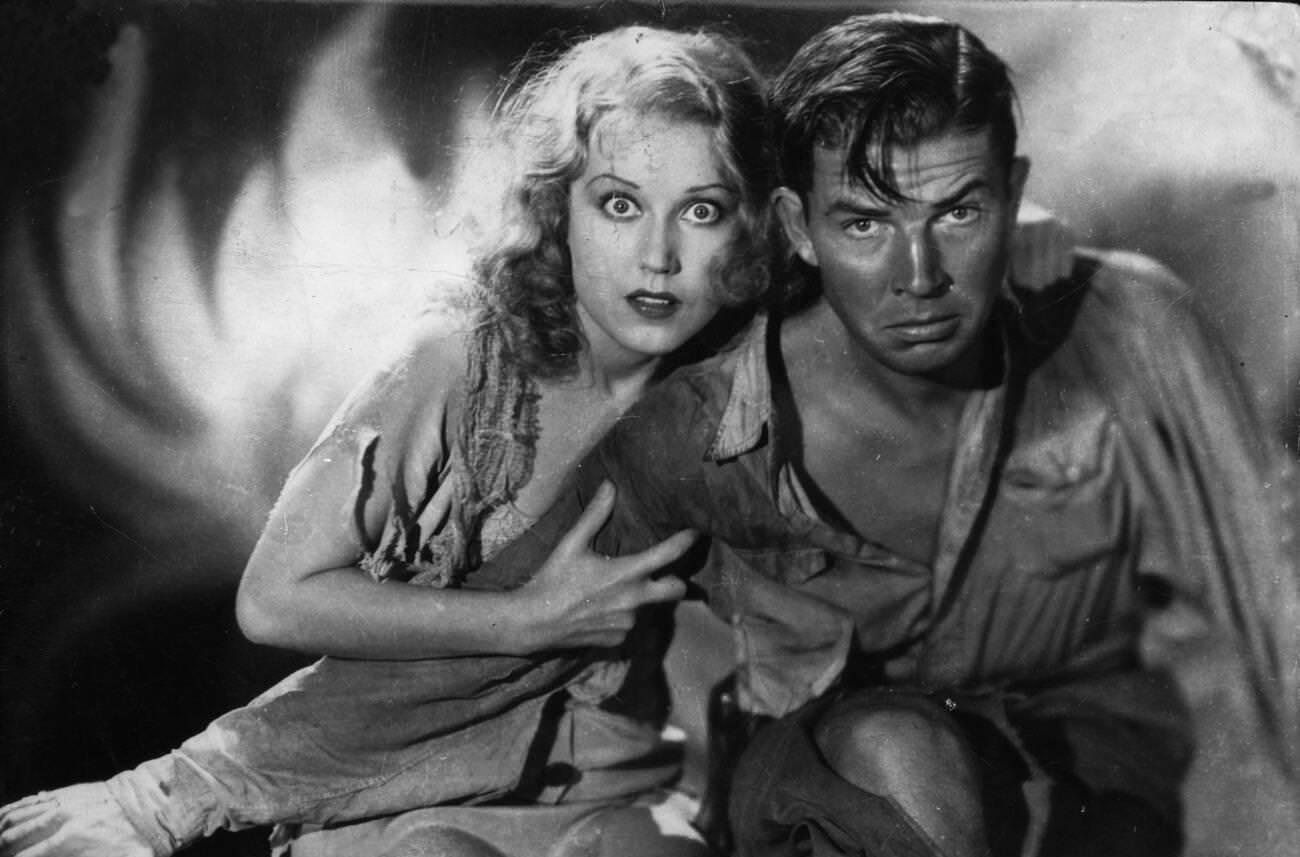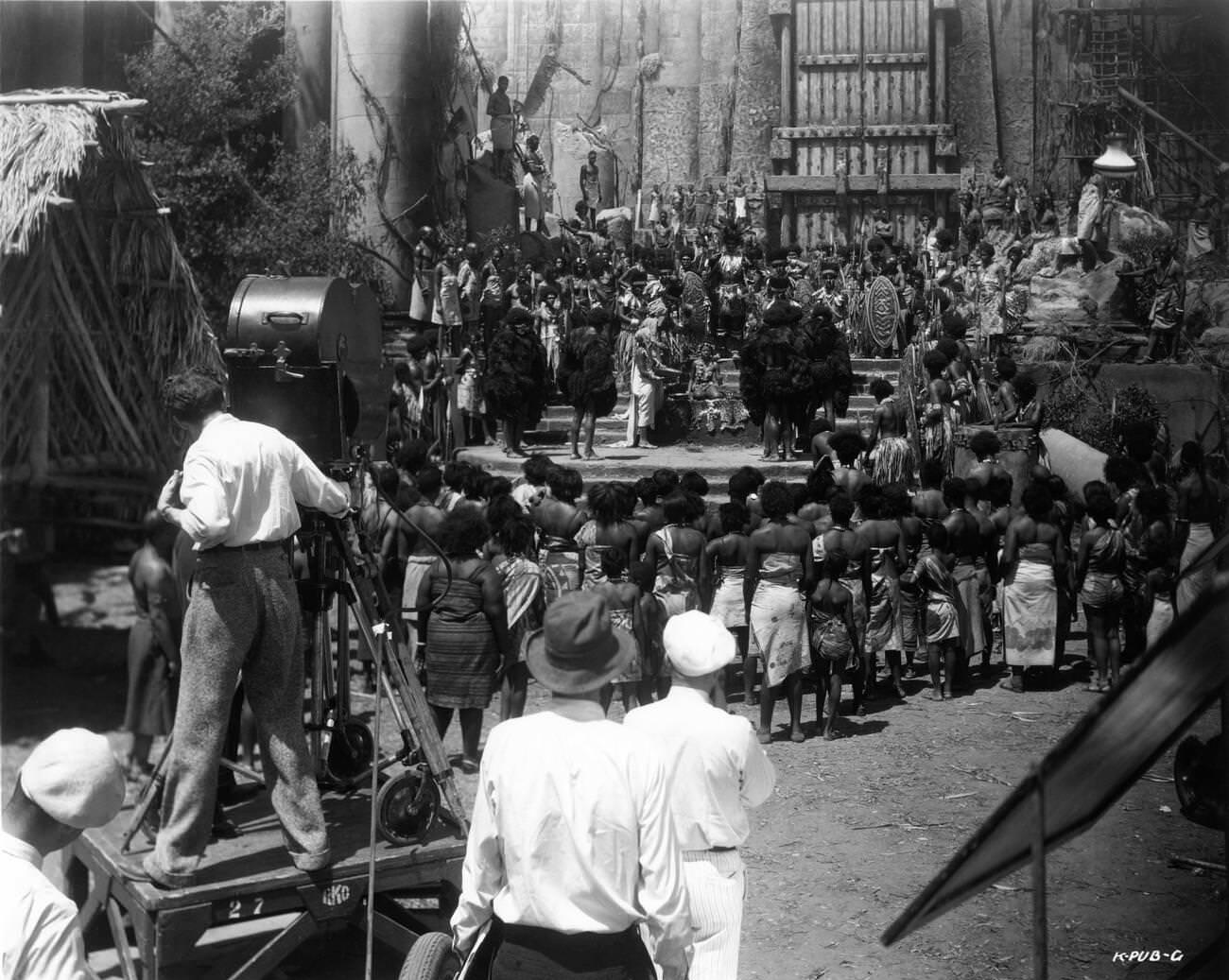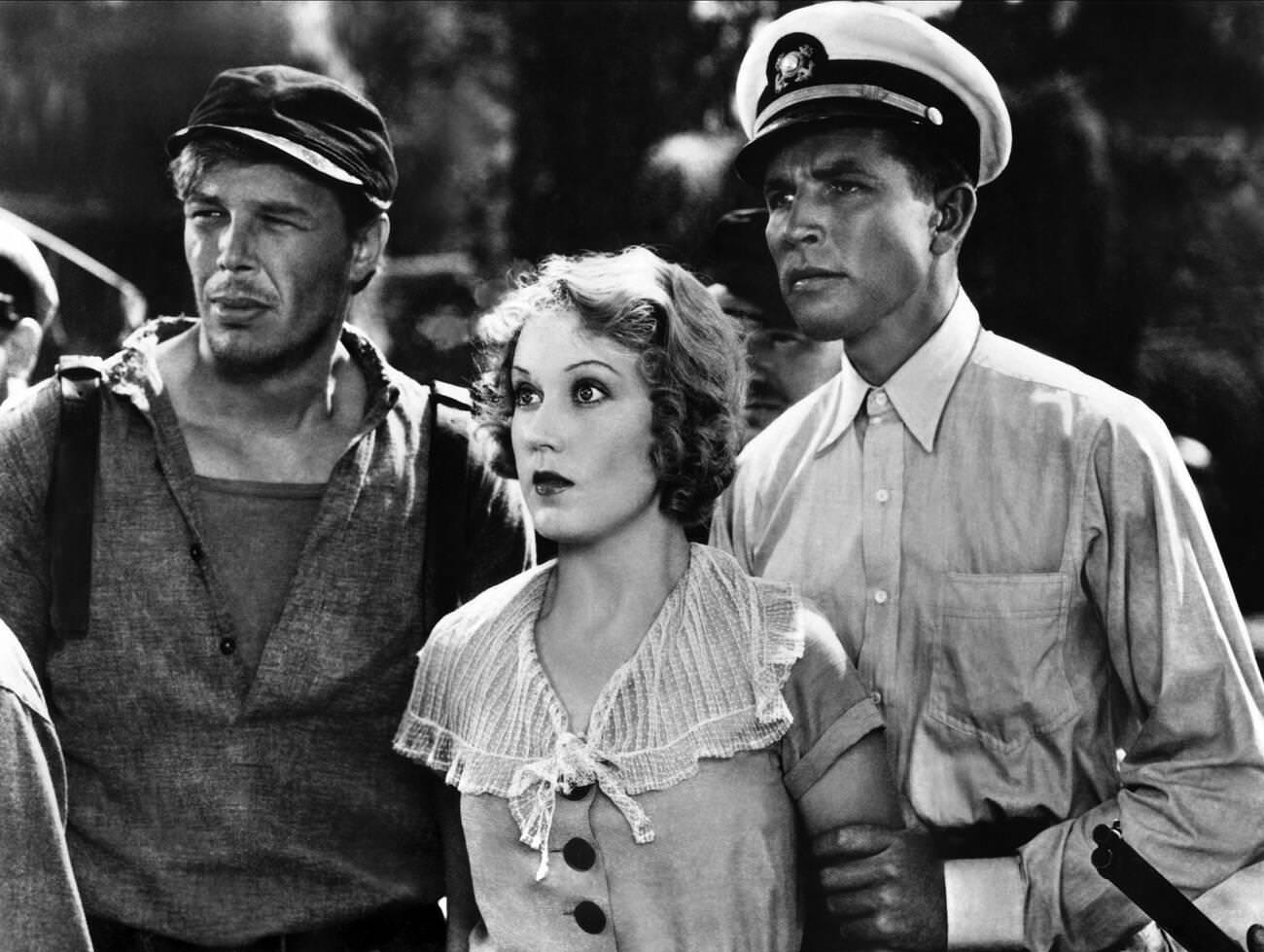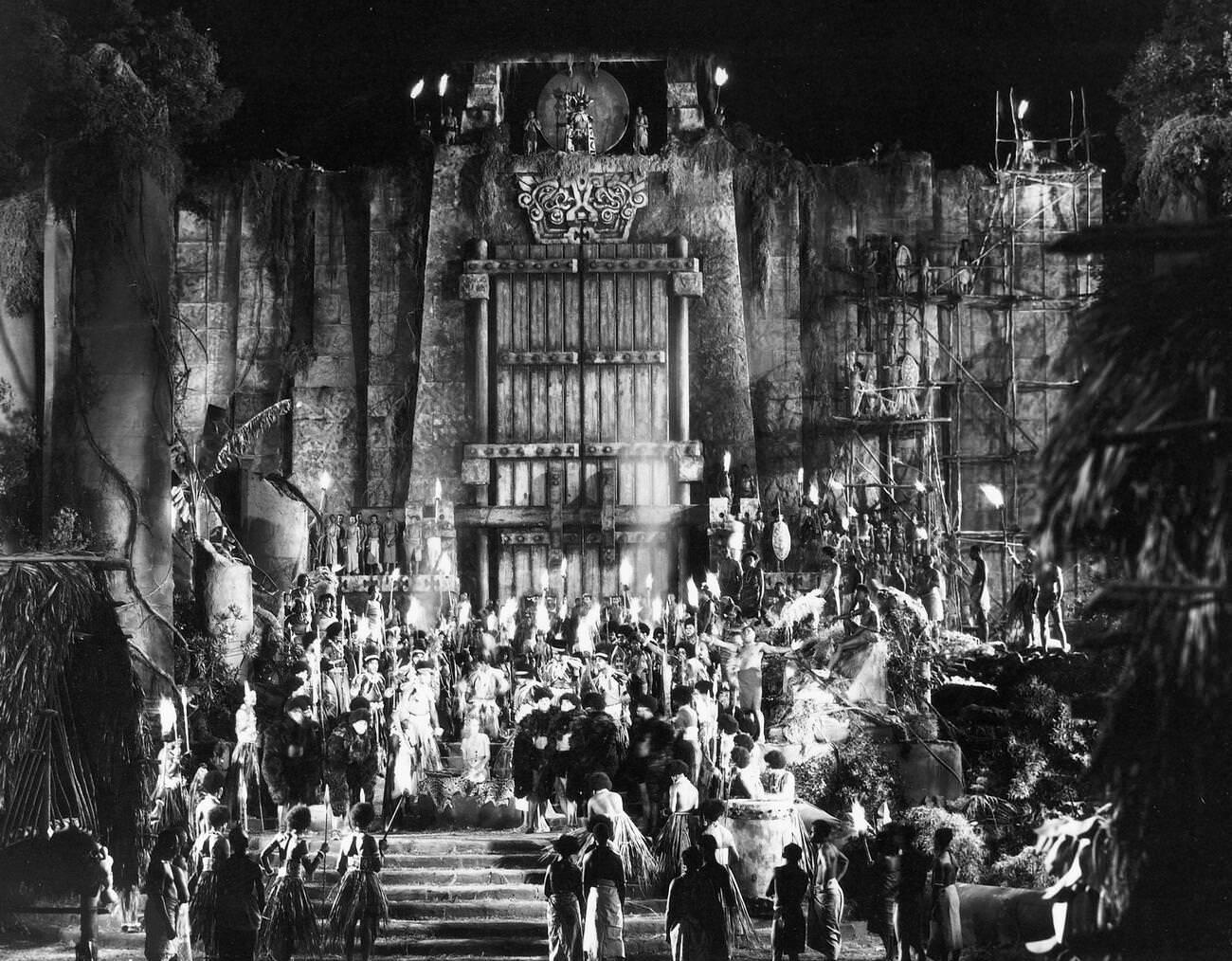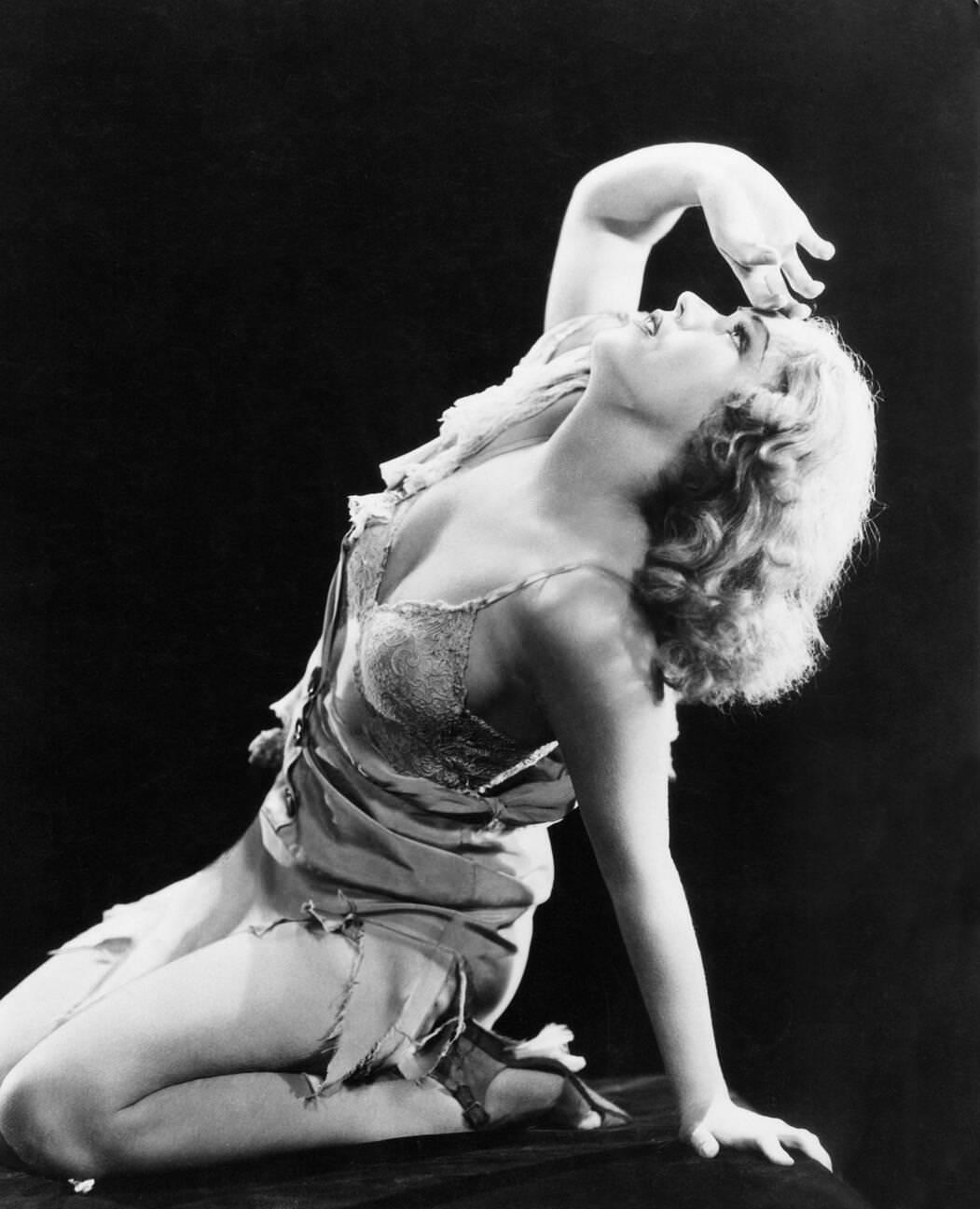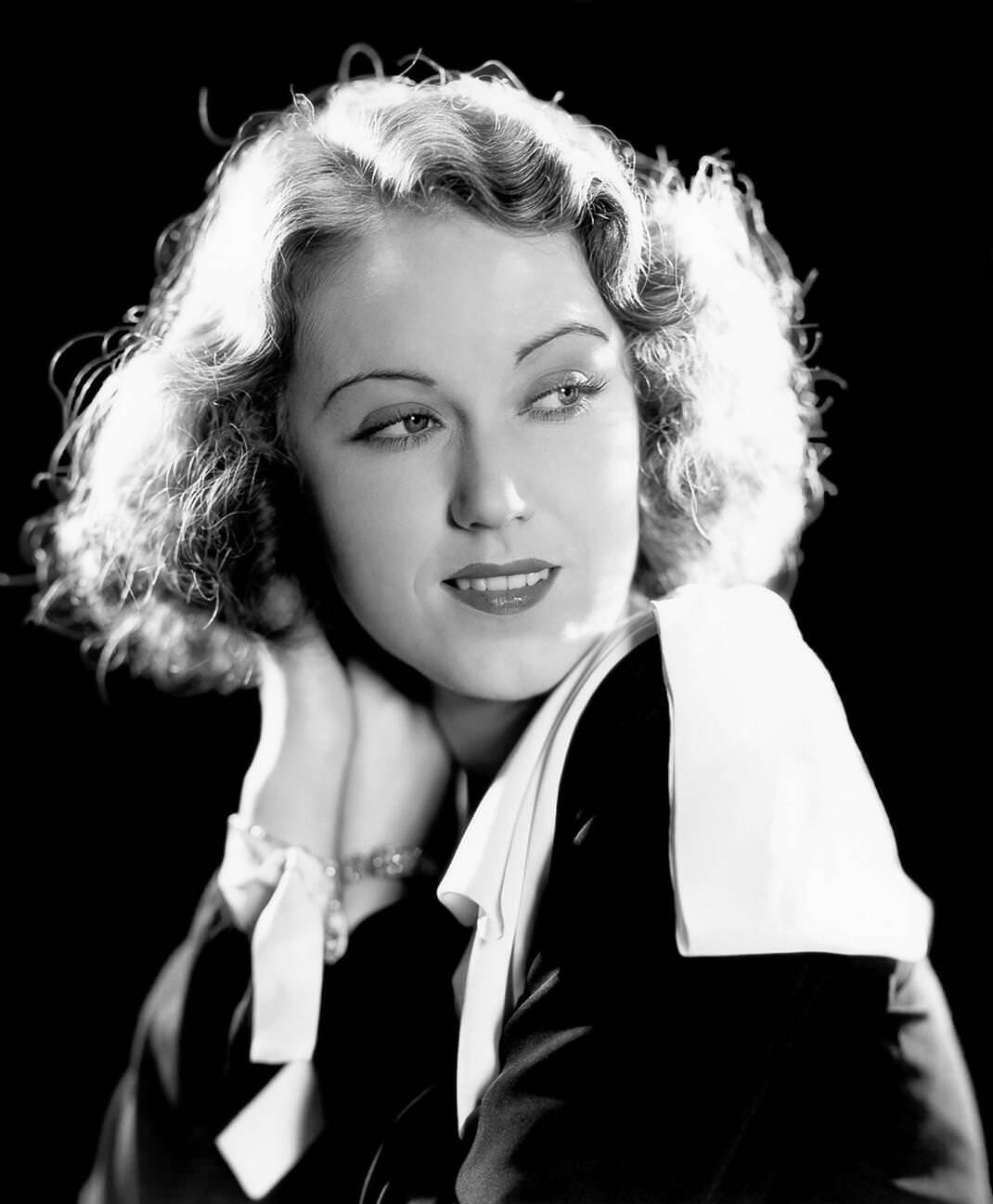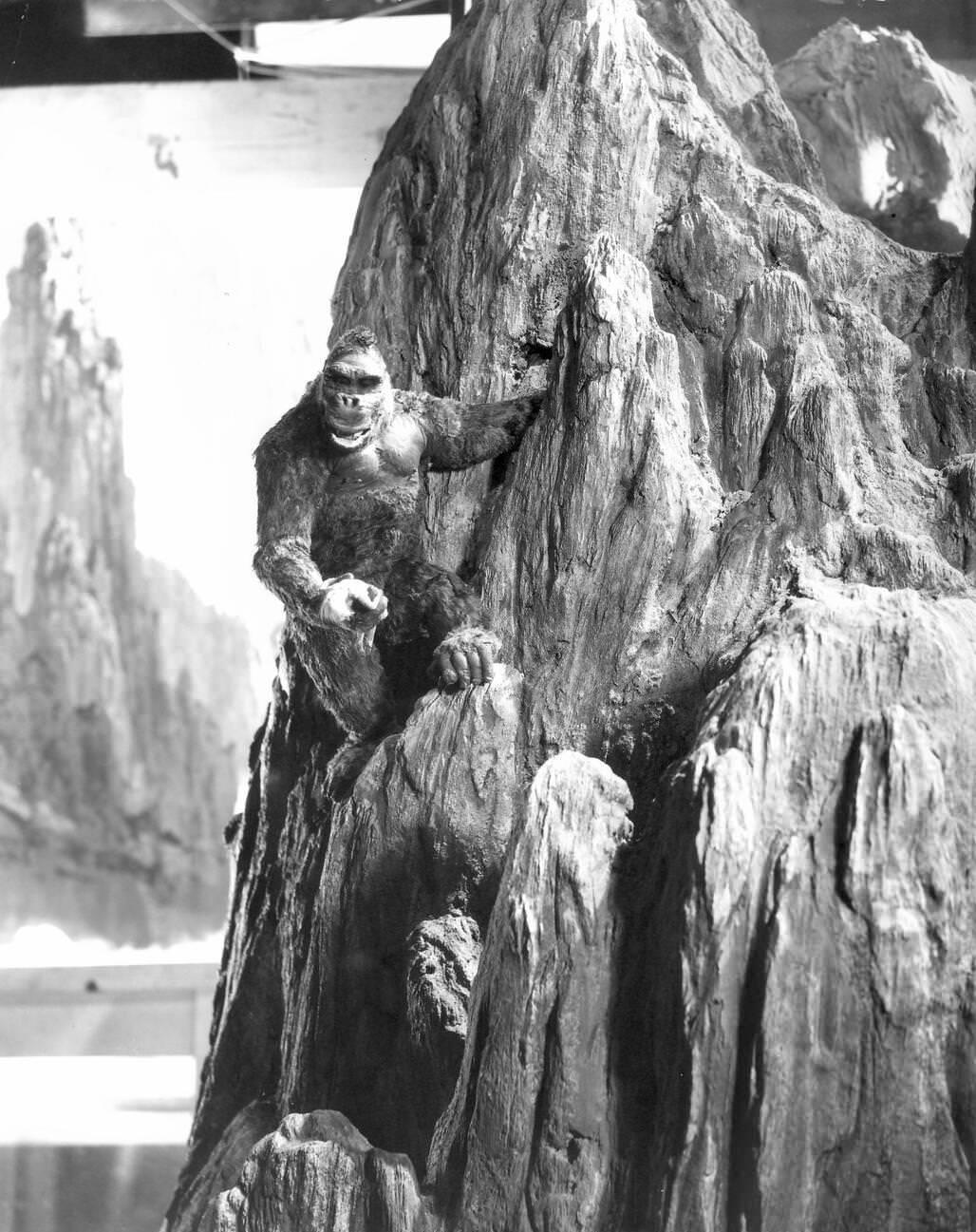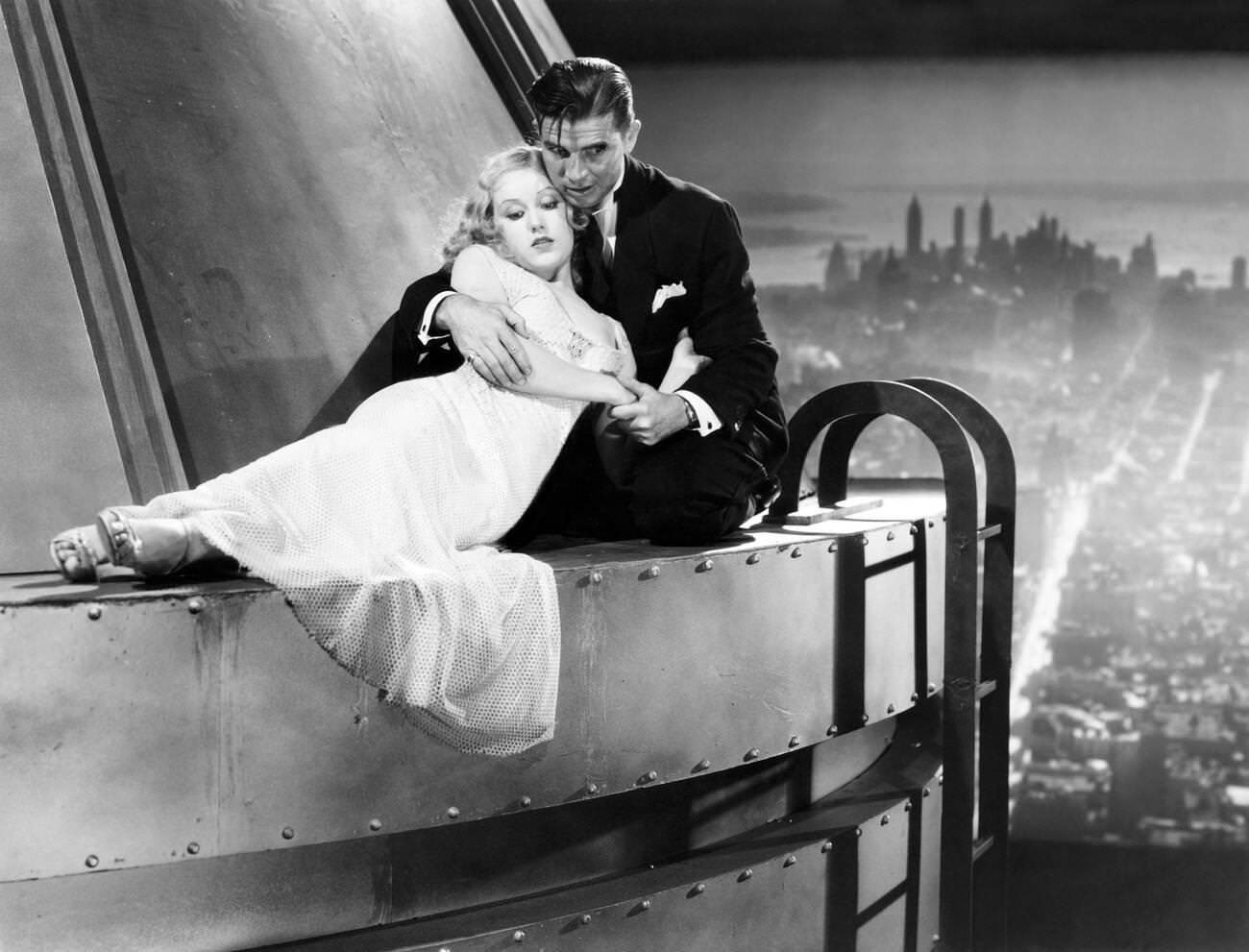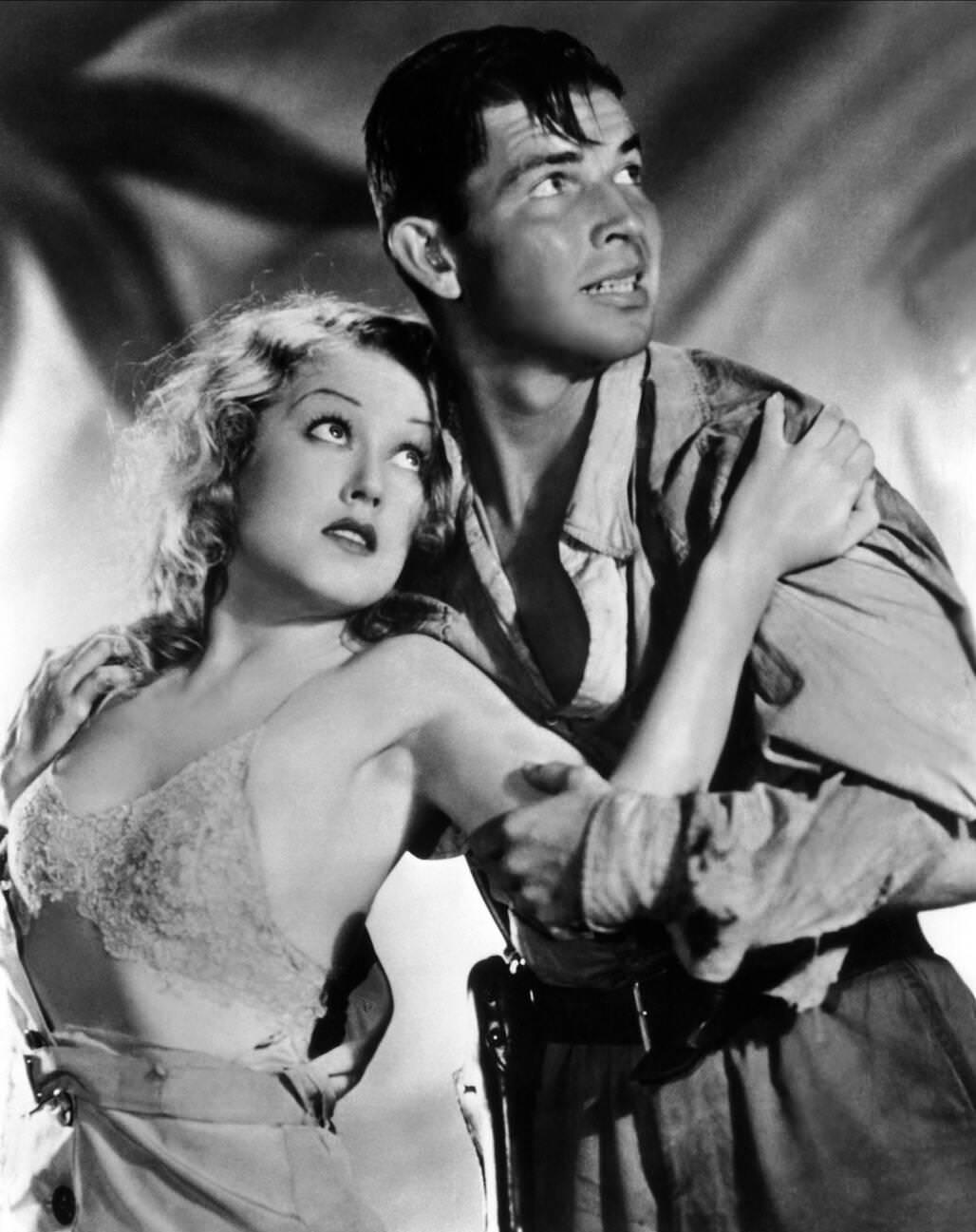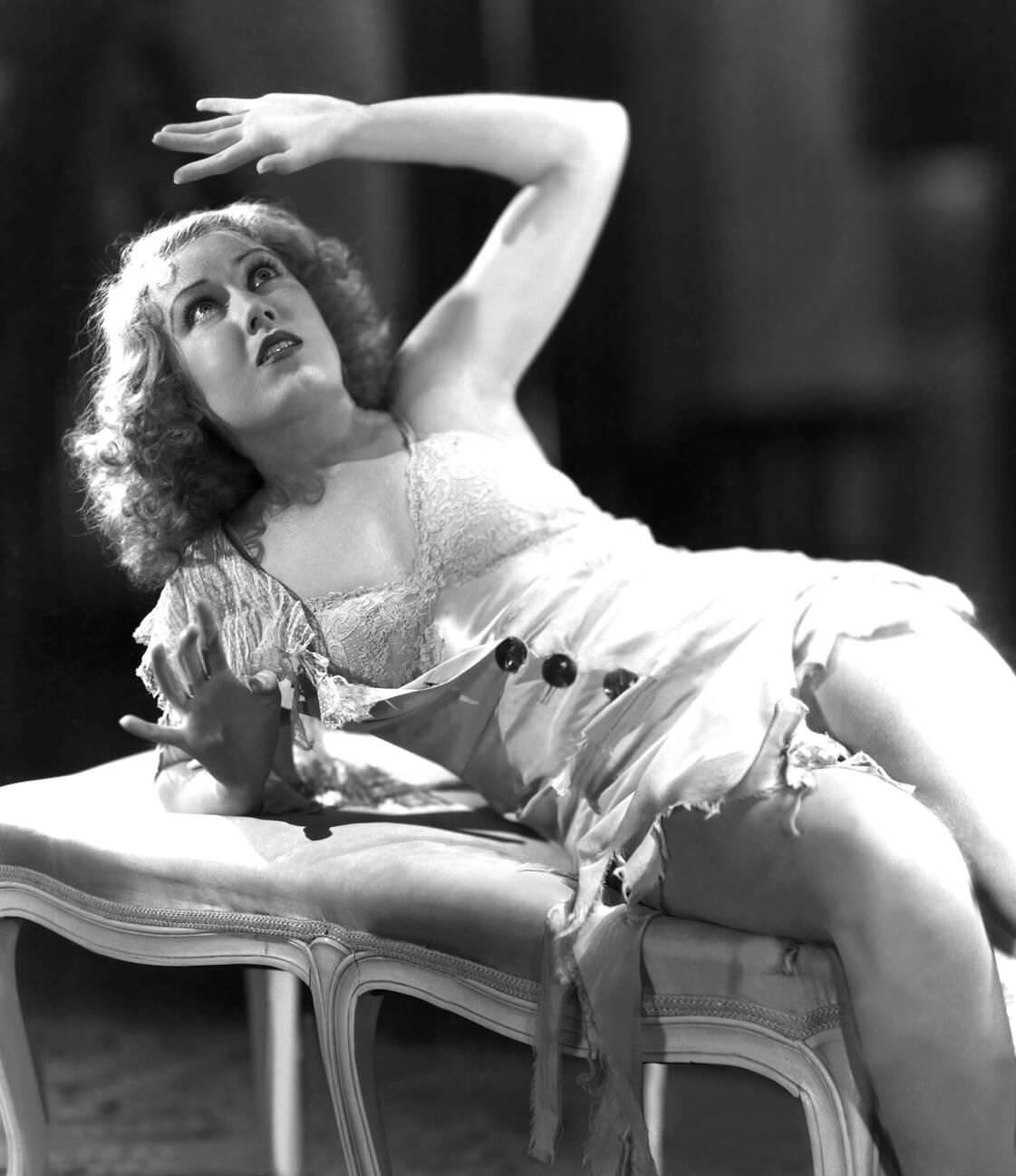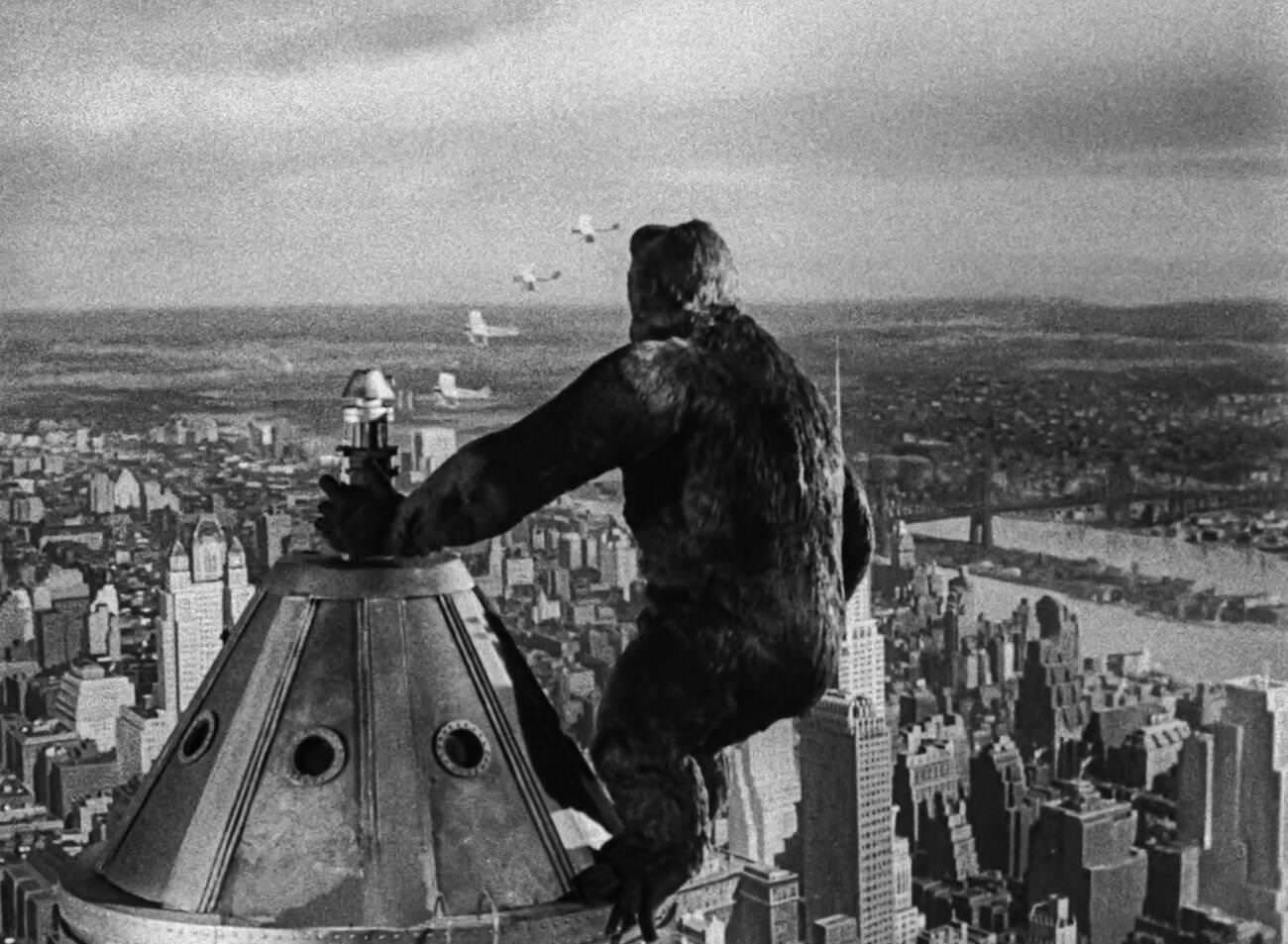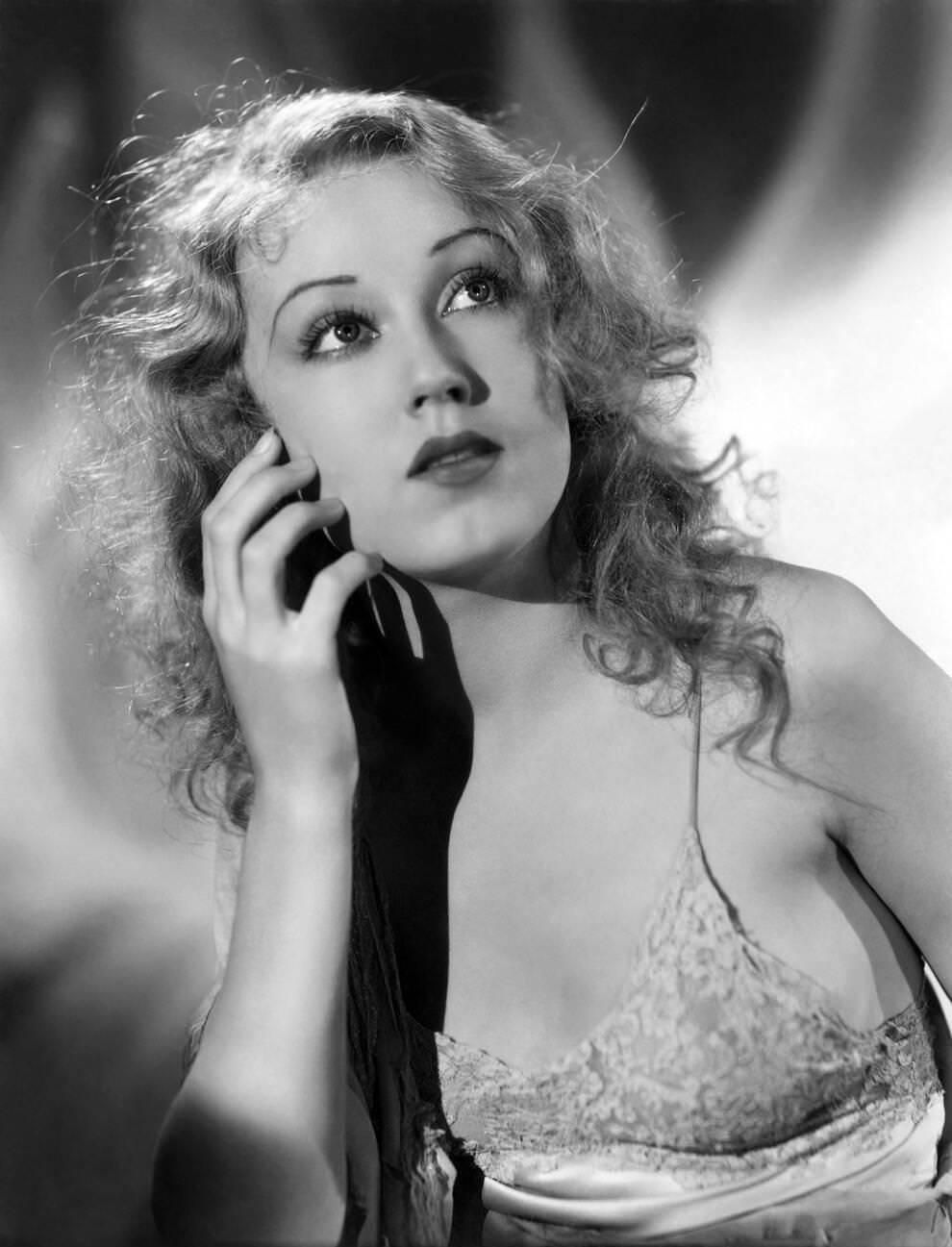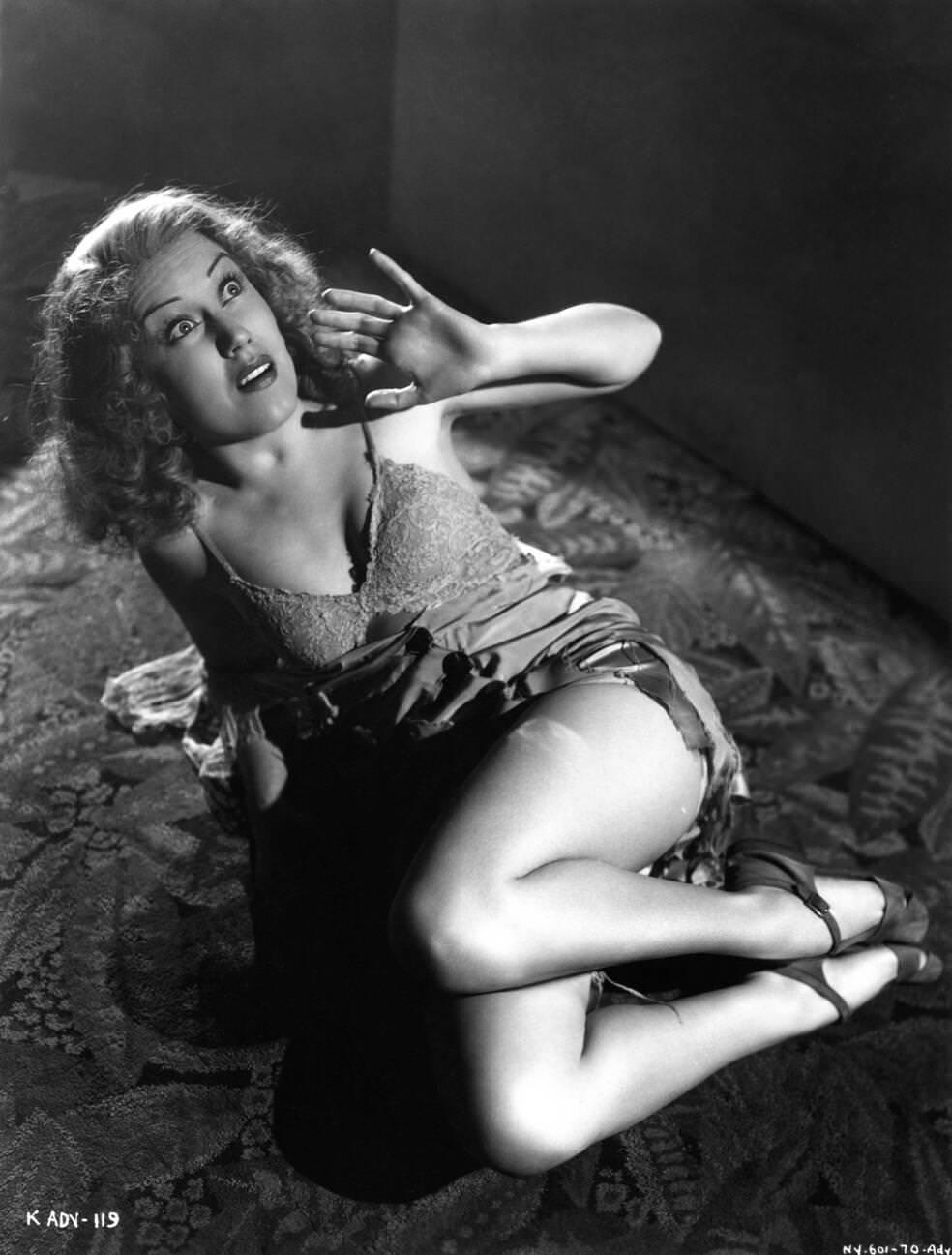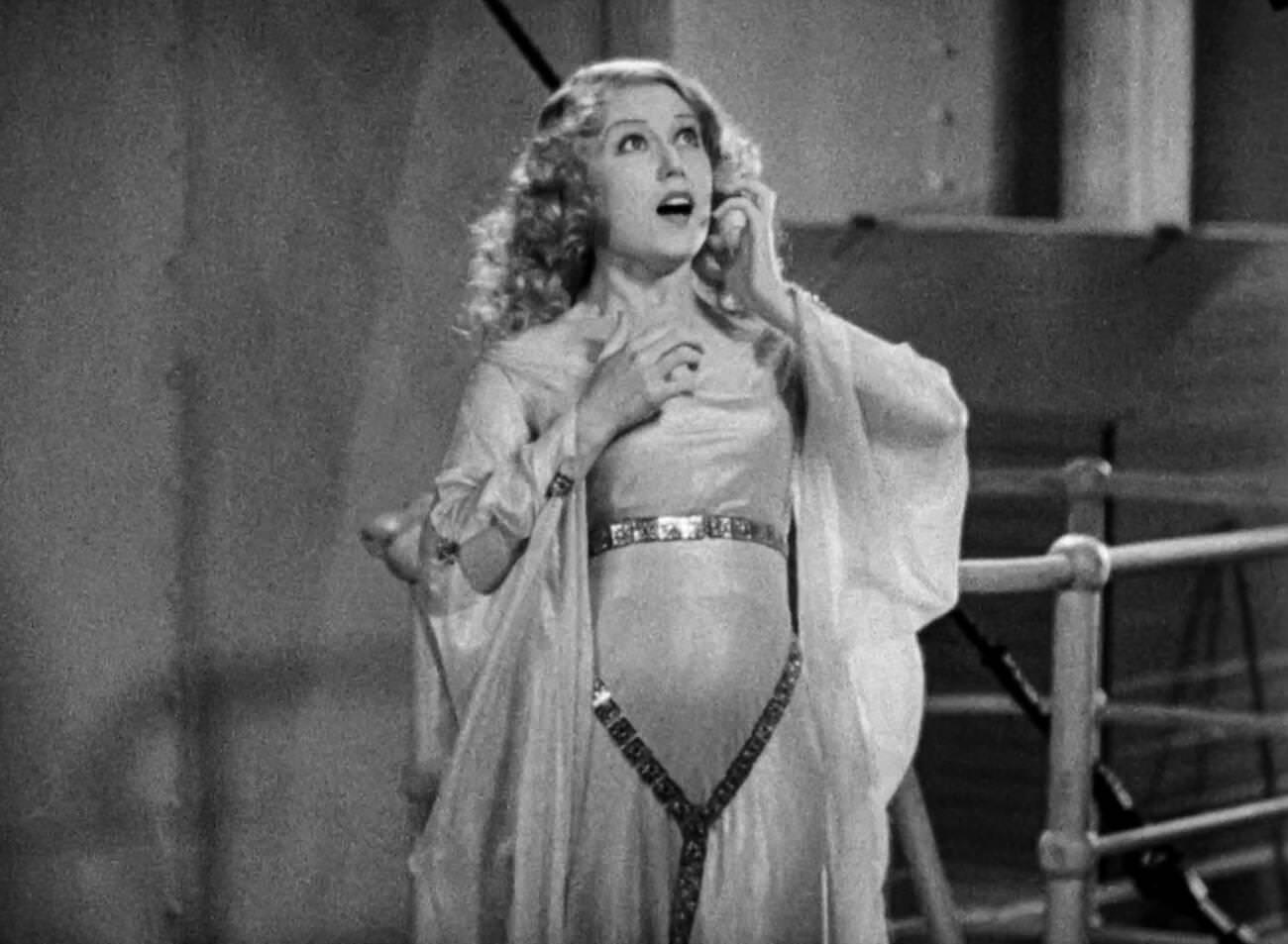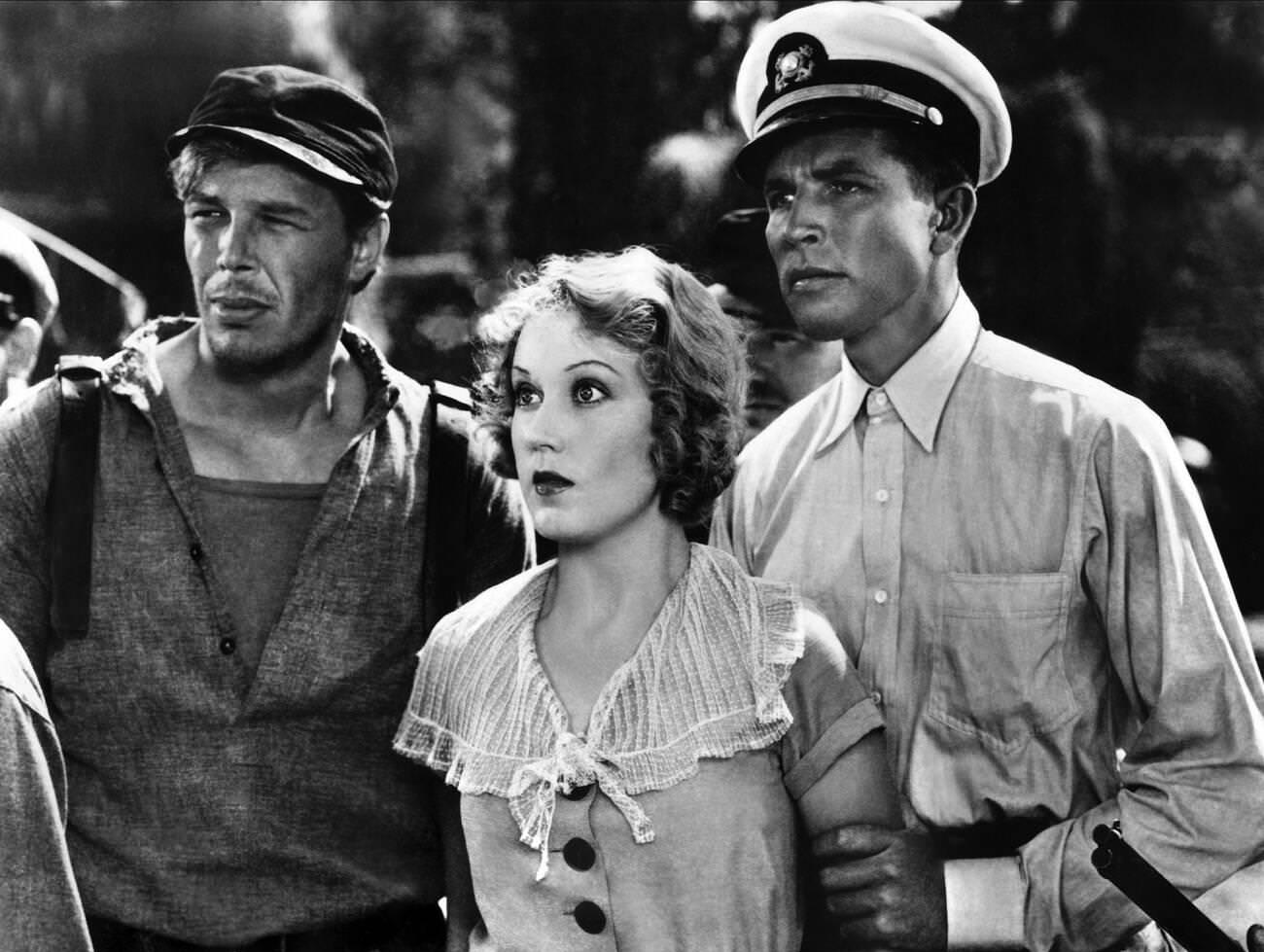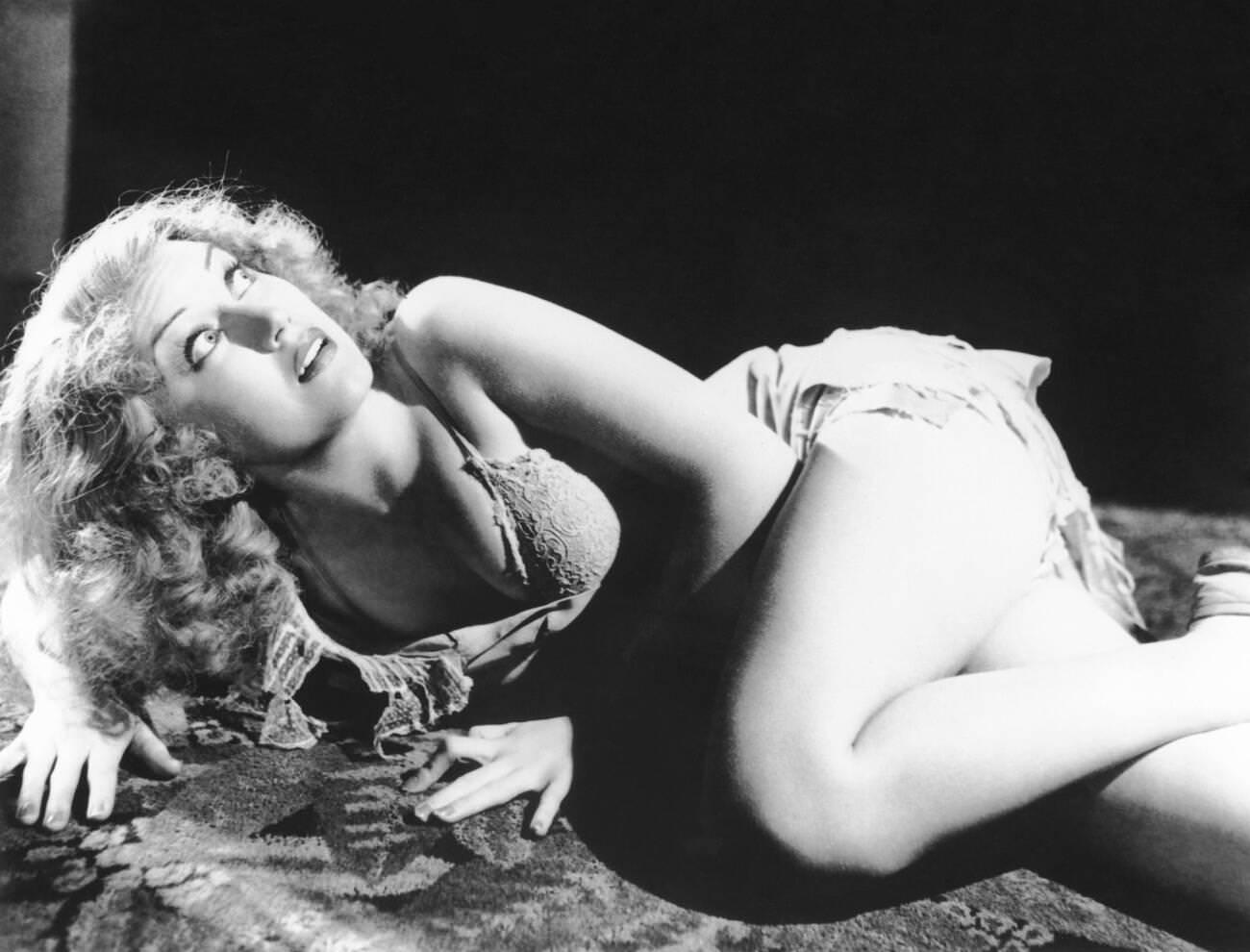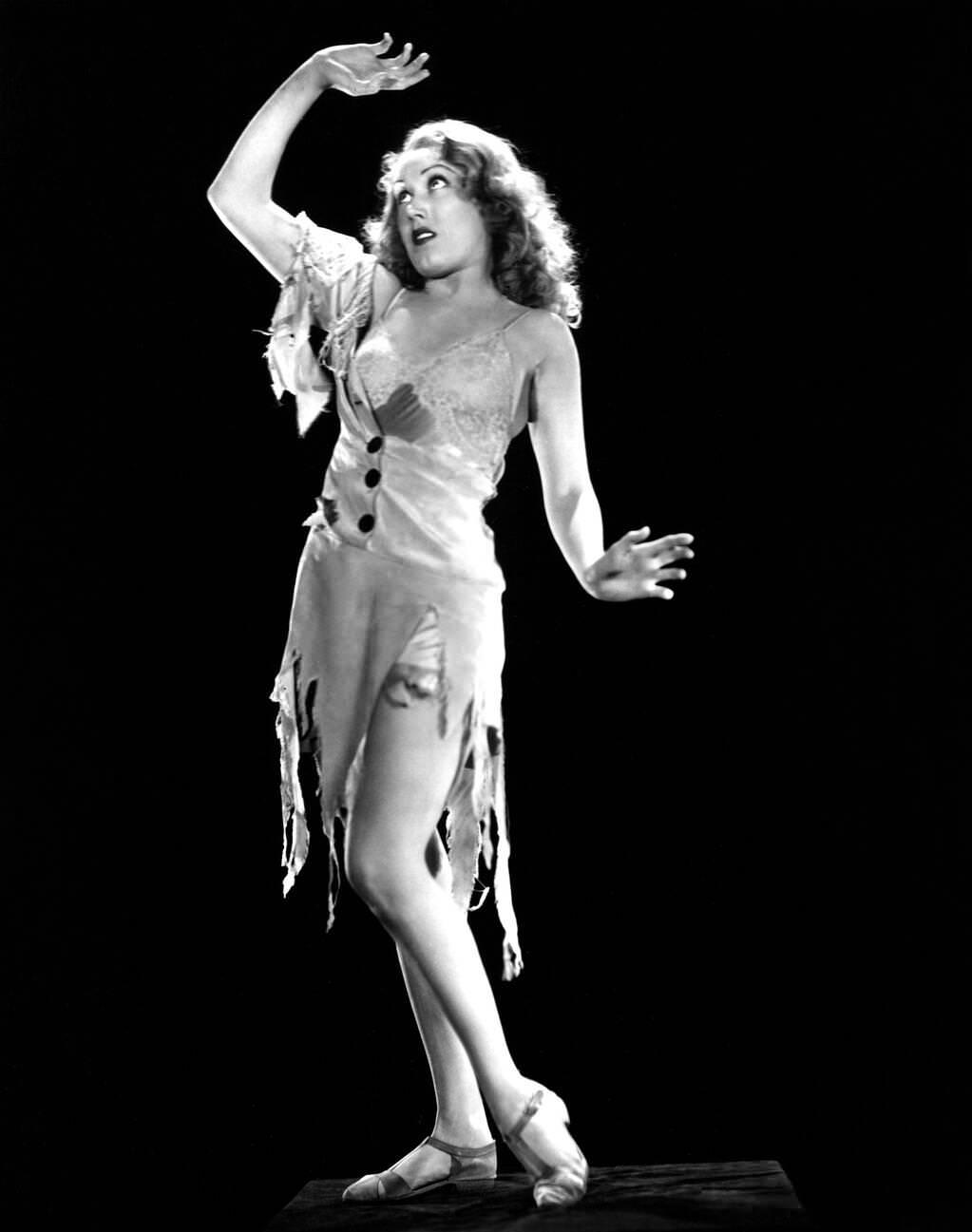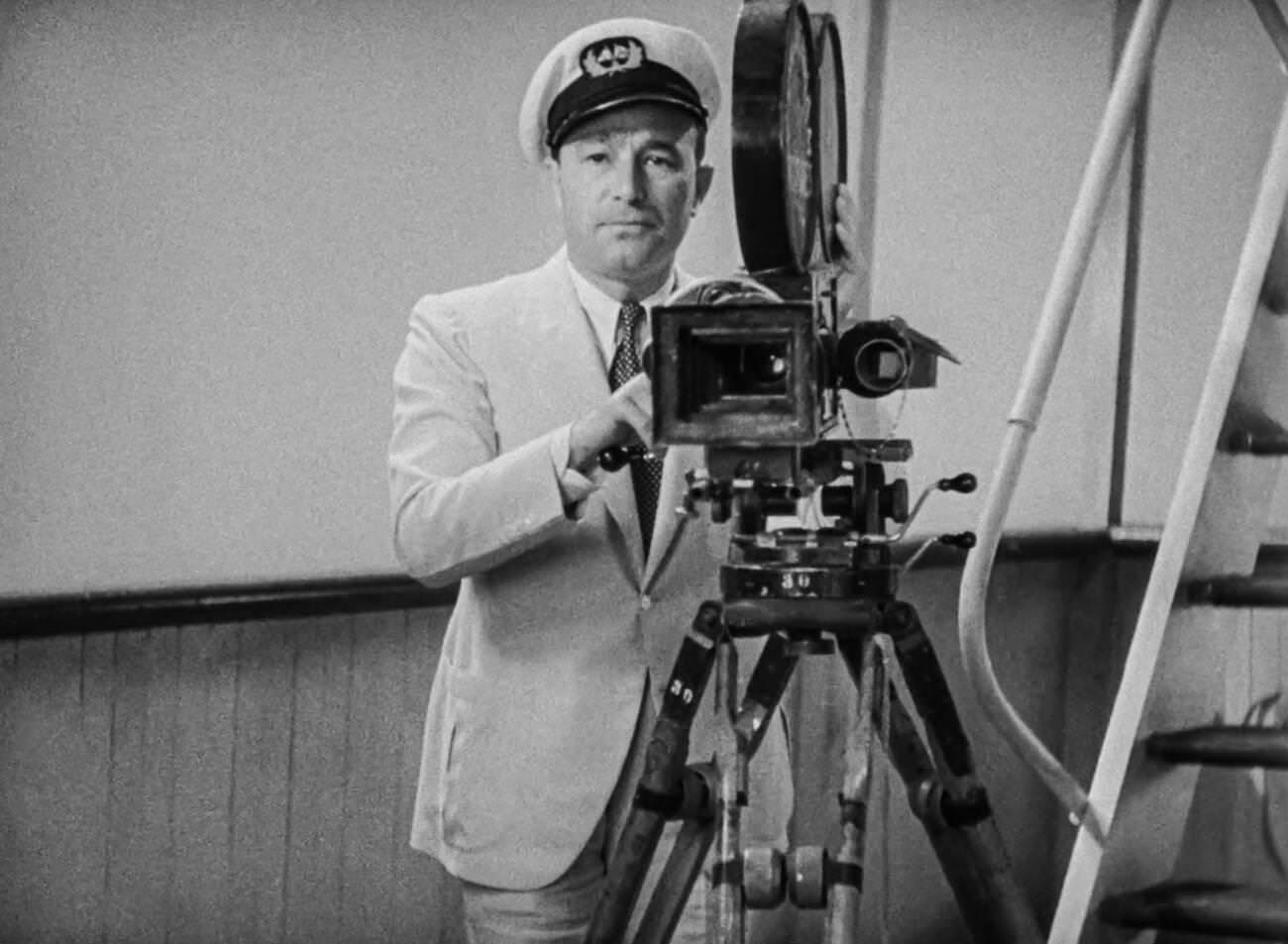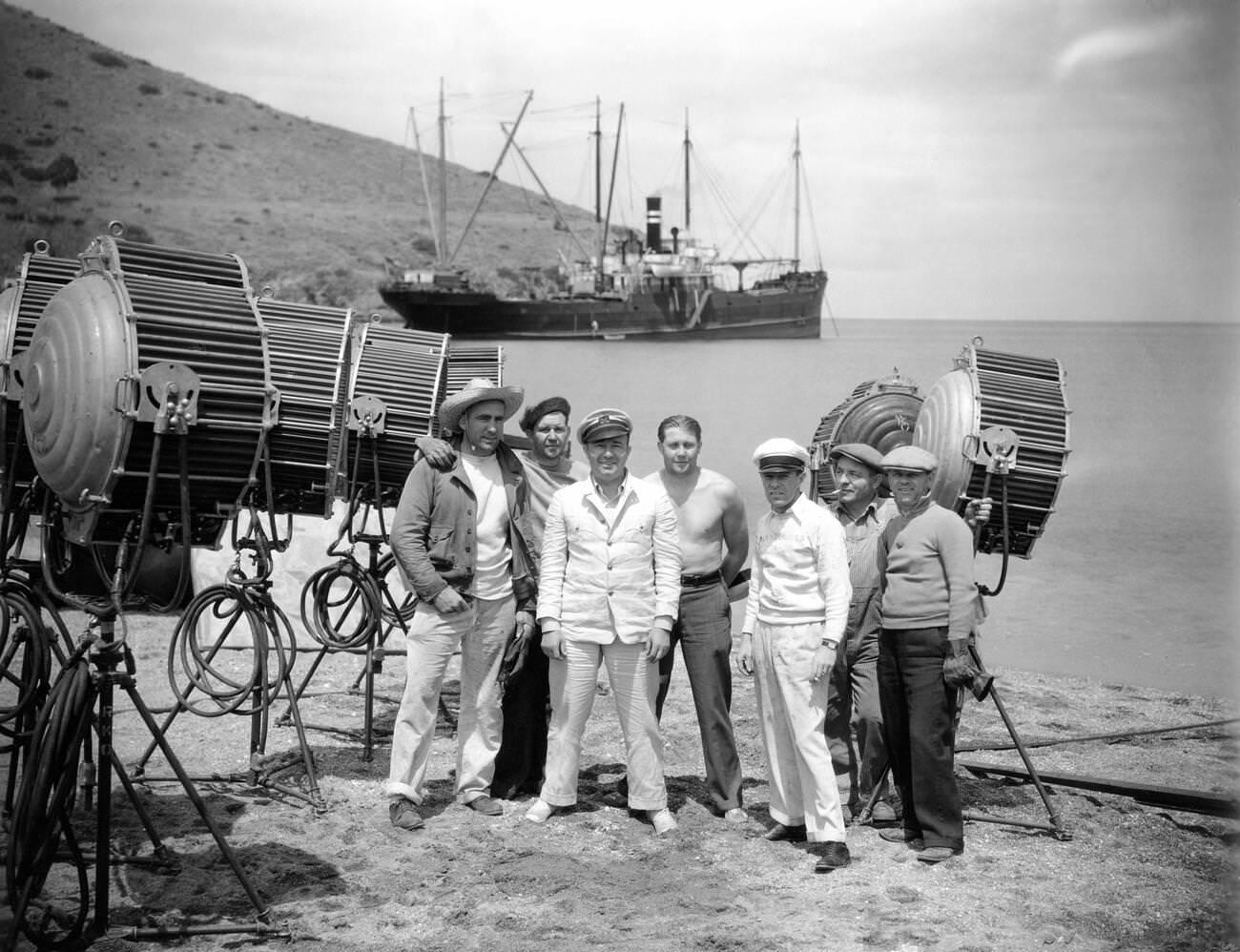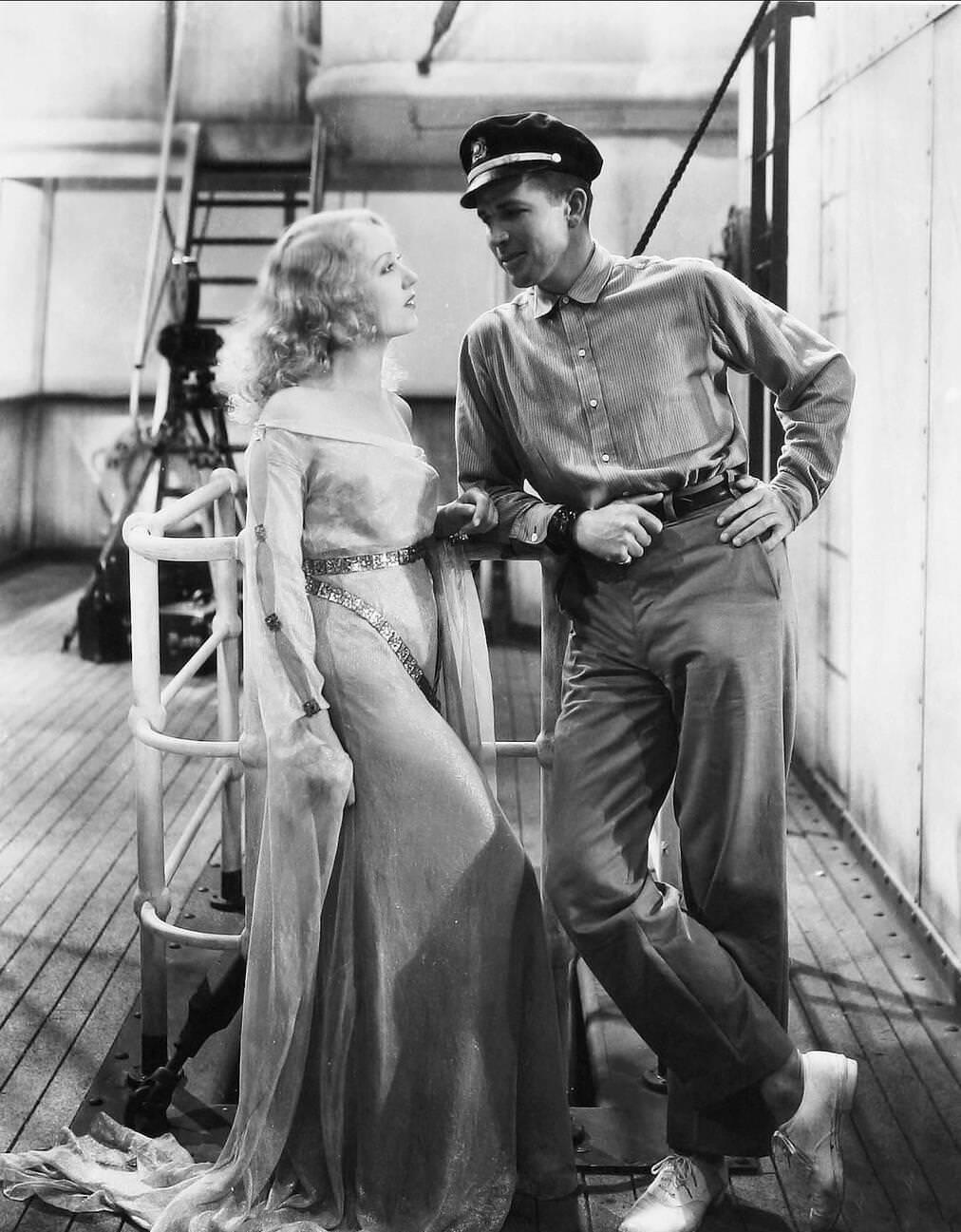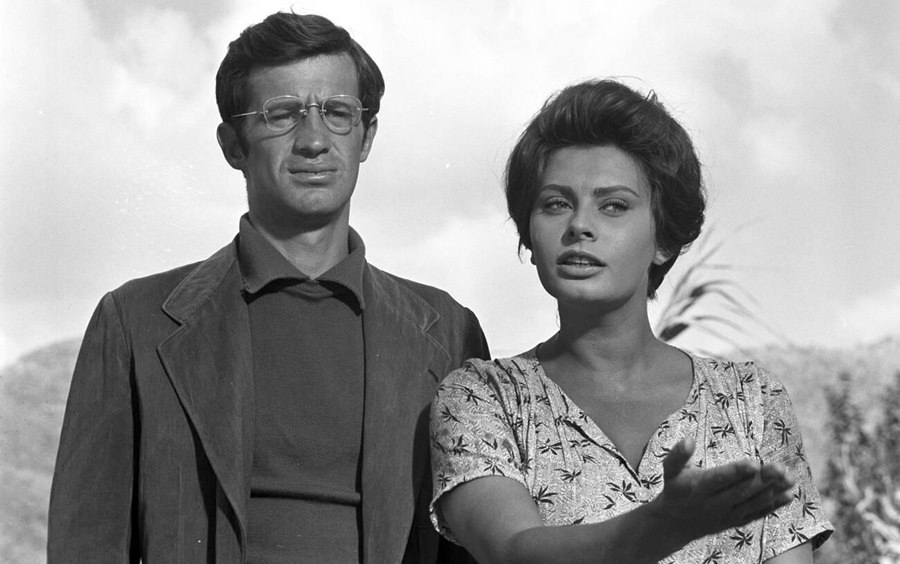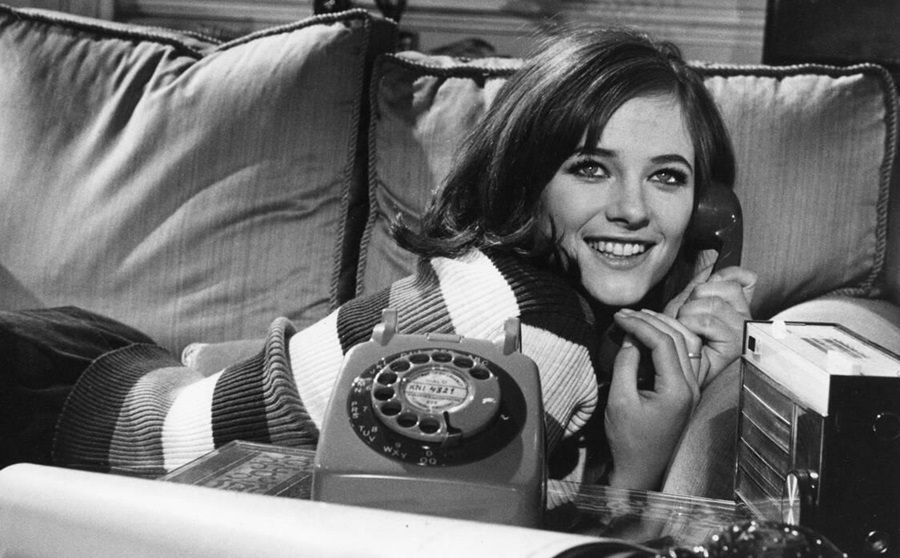“King Kong,” released in 1933, is one of the most iconic films in the history of cinema. It is known for its groundbreaking special effects, memorable characters, and a story that blends adventure, horror, and romance. Directed by Merian C. Cooper and Ernest B. Schoedsack, this classic film has captivated audiences for generations. The tale of a giant ape and his tragic fate resonates with viewers even today. Let’s explore the film’s making, its characters, and the lasting impact it has had on popular culture.
The Story of King Kong
The plot of “King Kong” centers around a massive ape living on a mysterious island. The story begins in New York City, where Carl Denham, a daring filmmaker, is searching for a new subject for his latest movie. He decides to venture to Skull Island, a remote location rumored to be filled with strange creatures. Denham persuades actress Ann Darrow to join the expedition, promising her fame and fortune.
Once the crew arrives on Skull Island, they encounter various dangers, including dinosaurs and other monstrous creatures. The crew discovers King Kong, a gigantic ape who initially captures Ann. However, as the story unfolds, a bond forms between Ann and Kong. This bond leads to thrilling and emotional moments as Kong attempts to protect her from harm.
The film’s climax occurs when Kong is captured and taken to New York City. He is put on display as a spectacle for the public. The tragic ending of the film highlights the themes of beauty and the beast, as well as the consequences of exploiting nature for entertainment.
Read more
The Directors: Merian C. Cooper and Ernest B. Schoedsack
The vision for “King Kong” came from the minds of Merian C. Cooper and Ernest B. Schoedsack. Cooper was a filmmaker, adventurer, and storyteller. He had a passion for exploring remote areas and wanted to capture that sense of adventure on film. His experiences in different countries influenced the story of “King Kong.”
Cooper co-directed the film with Schoedsack, who had a background in documentary filmmaking. Schoedsack’s skills helped create a sense of realism in the film. Together, they crafted a unique blend of adventure and horror that had not been seen before. Their collaboration resulted in a film that combined thrilling action with emotional depth.
The Innovative Special Effects
One of the most remarkable aspects of “King Kong” is its special effects. At the time of its release, filmmakers had not yet developed advanced CGI technology. Instead, they used innovative techniques to bring King Kong and the other creatures to life.
The primary technique used to animate King Kong was stop-motion animation. This process involved creating a puppet of Kong and moving it slightly for each frame of film. The puppet was about 18 inches tall, and it was designed by Willis O’Brien, a pioneer in the field of special effects. O’Brien painstakingly crafted Kong’s movements, ensuring that the character seemed lifelike and believable.
To create the jungle scenes and the creatures on Skull Island, the filmmakers used miniatures and painted backdrops. The team created detailed sets that represented the lush landscape of the island. They also used forced perspective to make the giant ape appear larger than life. This technique involved placing the camera at specific angles to create the illusion of size.
The Iconic Skull Island
Skull Island plays a crucial role in the film. It is depicted as a dangerous and exotic location filled with prehistoric creatures. The filmmakers wanted to create an atmosphere of mystery and tension. They used a combination of elaborate sets and special effects to bring the island to life.
The jungle was filled with vibrant colors and sounds, creating an immersive experience for the audience. The filmmakers designed the island to evoke a sense of danger and excitement. From the moment the crew arrives on Skull Island, viewers are taken on a thrilling journey.
The creatures on Skull Island include giant spiders, snakes, and a terrifying T-Rex that battles King Kong. These encounters heighten the sense of peril and adventure as the crew navigates the dangers of the island. The action scenes are intense, showcasing the filmmakers’ skill in creating suspense.


